DROPS Nepal
The perfect every day yarn!
from:
5BGN
per 50 g
Content: 65% Wool, 35% Alpaca
Yarn Group:
C (16 - 19 stitches)
/ 10 ply / aran / worsted
Weight/length: 50 g = approx 75 m
Recommended needle size: 5 mm
Knitting tension: 10 x 10 cm = 17 sts x 22 rows
Care: Hand Wash, max 30°C / Dry Flat / Feltable
Superwash: no
Made in: Peru
Raw material origin: Alpaca and wool from South America
This yarn has an Oeko-Tex® certification (certificate number 23.HPE.36896), Standard 100, Class II from the Hohenstein Institute. This means that is has been tested for harmful substances and is considered safe in human-ecological terms. Class II means the yarn is suitable to come in direct contact with the skin to a large extent, such as blouses, shirts, mattresses, etc.
DROPS Nepal is a chunky and luxurious yarn, spun in 35% superfine alpaca and 65% wool, a mix that accentuates the softness of alpaca while the wool contributes to the garments’ shape stability. Both fibers are untreated, which means that they are only washed and not exposed to any chemical treatment prior to the dyeing. This highlights the fibers’ natural properties, providing also a better shape and texture qualities.
Spun from 3 strands, which gives an exciting and rustic stitch definition, DROPS Nepal is an easily knitted/crocheted quality which is also ideal for felting, resulting in garments that have an even and soft surface.
DROPS Nepal contains mixed colours, this means the wool is manufactured by carding the colours together before spinning, which gives it a mixed effect.
Read more about our products' sustainability here
Please be aware that the colours shown may vary from screen to screen in the same way that shades may vary slightly from dye lot to dye lot.
How do I care for this yarn?

Hand Wash, max 30°C / Dry Flat
First of all, consider just airing the garment, instead of washing it. If you still desire to wash it, here are some guidelines:
- Hand wash at 30ºC - separately - with wool detergent without enzymes or optical brighteners.
- Don’t let the garment soak. Move the garment gently back and forth, do not rub or squeeze it.
- Rinse the garment until the rinse water is completely clear, making sure the water temperature stays uniform.
- Do a light centrifugation of the garment (about 800rpm), choosing a program that DOES NOT take in water at the start. Or press carefully the water out of the garment with a dry towel. The garment shouldn’t be twisted or rolled.
- To dry the garment, shape it and lay it flat - do not hang - ideally on a warm bathroom floor or on top of a drying rack in a room with good air circulation. Never dry the garment in direct sunlight.
- Don’t tumble dry.
- Never iron the garment directly. Use always a damp cloth between your steaming iron or regular iron and the garment.
Note: If you are washing a project made with this yarn combined with another, the general guideline is to follow the washing instructions for the most delicate of the yarns you are working with.
Thinking about felting this yarn?
See how this yarn looks before and after felting:
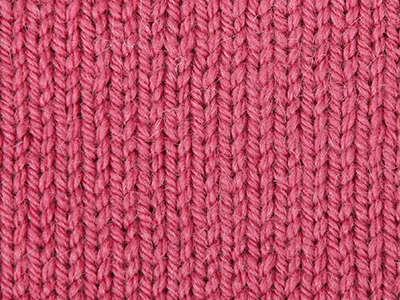
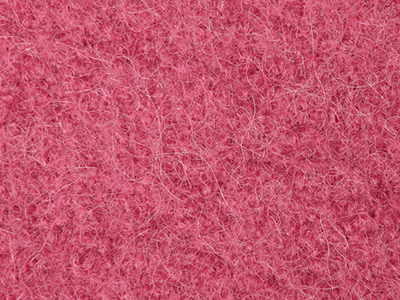
Needles: 5.50 mm
Before: 16 sts x 21 rows
After: 21 sts x 30 rows
Do you have a question about this yarn?
See a list of frequently asked questions (FAQ) about our yarns.
1) What type of fibers make the DROPS yarns?
Yarn can be made from a large number of natural and synthetic fibers. DROPS carries mainly yarns made from wool, cotton, alpaca, linen, mohair and silk. Each fiber type has its own qualities, and they are often mixed to take advantage of the best properties of each one. Coarse yarn has the advantage of being stronger and more durable, and finer fibers offer more softness and comfort. Here a bit about the main fibers we carry:
Alpaca:
Alpaca fleece is the natural fiber harvested from an alpaca, and it is similar in structure to sheep wool fiber. Its softness comes from the small diameter of the fiber, similar to merino wool. It is a soft, durable, luxurious and silky natural fiber. Yarn made from alpaca fibers does not felt or pill easily, and it can be light or heavy in weight, depending on how it is spun. While similar to sheep’s wool, it is warmer, not prickly, and has no lanolin, which makes it hypoallergenic. Alpacas come in 22 natural colors, with more than 300 shades from a true-blue black through browns-black, browns, white, silver and rose-greys.
Mohair:
This fiber comes from the Angora goats, and it's considered a luxury fiber. Mohair yarn is warm as wool, but much lighter in weight; it is durable, dyes well and does not felt easily. Mohair fibers have also a distinctive luster created by the way they reflect light. Despite being a hard fiber, mohair is usually spun into a very fluffy yarn, resulting in airy and lustrous garments.
Wool:
The wool fibers come from the skin of sheep and are relatively coarse fibers. Two striking characteristics of wool are its susceptibility to heat and its felting property, which is caused by the scales on the surface. Depending upon the breed of sheep, the appearance of the wool varies.
Wool from Merino sheep is considered the finest type of wool, having as characteristics that is finely crimped and soft. All the Merino wool in the DROPS yarns has its origins in South America, coming from sheep that have not been subject to Mulesing.
Pure new wool is wool made directly from animal fleece, and not recycled from existing wool garments.
Machine washable wool is wool treated chemically to minimize the outer fuzzy layer of the fibers, and be therefore fitable for machine wash (see Superwash).
Silk:
The silk fiber is a fine continuous fiber produced from the cocoon of a moth caterpillar known as the silkworm. While silkworm is cultivated, the wild or tussah silk is obtained from uncultivated silkworm cocoons. Silk fiber is one of the strongest natural fibers and makes a wonderful knitting yarn. It blends really well with other fibers, especially wool. Silk also dyes beautifully with natural dyes.
Vegetable fibers:
There are several varieties of vegetable fibers, found in the cell walls of plants or vegetables. Of all the varieties, two are recognized as major knitted or textile fibers. They are cotton and linen.
Cotton is the fiber surrounding the seeds in a cotton pod, and it is almost pure cellulose. Cotton is usually white in color but there are green and brown varieties as well. The cotton fiber is most often spun into yarn or thread and used to make a soft, breathable textile that is good for summer clothing and accessories, making a weaker yarn than silk or linen but stronger than wool.
Mercerized cotton is cotton that has been through a mercerization treatment. This treatment gives cotton fabrics and threads a lustrous yarn that is more lustrous than conventional cotton. It is also stronger, takes dye a little more readily, makes the yarn more resistant to mildew and reduces lint. It also may not shrink or lose its shape as much as "regular" cotton.
Linen is a fiber derived from the stalk of the flax plant that is durable and stronger than any other fiber. The linen fiber is relatively soft, straight and lustrous and becomes more beautiful with age. Linen is more comfortable to wear in hot temperatures than cotton, due to the fact that it absorbs moisture better and dries more quickly.
Other materials used in our yarns include synthetic fibers such as acrylic, viscose, polyamide (nylon) and polyester. These fibers are used mostly to give strength to a yarn (like our sock yarn, DROPS Fabel) or a special kind of structure (like our blown yarn, DROPS Air).
The polyamide fibre, commonly known as nylon, is very strong, durable, lightweight, easy to care for (can be machine washed and dried), and elastic, which makes it perfect for blending with other fibres to produce hard-wearing yarns like sock yarn.
Compared to polyester, polyamide is softer and more flexible, but it also absorbs more water and dries slower.
3) What type of information can I find on the DROPS yarn labels?
All DROPS yarn labels include information about fiber content (wool, cotton, etc.), weight in grams and ounces, length in meters and yards, washing instructions and symbols (explained here), color number, dye lot number and yarn group information.
4) What are the DROPS yarn groups?
All DROPS yarns are classified into 6 different thickness groups (A to F). Yarns in a same group have similar knitting tension/gauge, and can therefore be interchanged in patterns; however the length may be different, so when substituting always calculate the amount of meters/yards needed for the pattern to know the amount of yarn you need to get.
5) Can I use a different yarn than the one mentioned in the pattern?
Yes, as long as the yarn can be worked in the same knitting tension/gauge. Always swatch to make sure you get the same number of stitches in width and rows in height as given in the pattern.
Remember that different yarns with different textures, will give the garment different looks. The yardage/length may also be different, so when substituting always calculate the number of yards needed, in order to know the amount of yarn you need.
Read more about how to calculate the amount of an alternative yarn - and how to replace 1 thread of a yarn with 2 or more of another, here.
6) What does it mean when a yarn is “Superwash”?
A superwash wool is a special wool product that has been treated or processed in a way that allows it to be machine washable. Many people are afraid to work with wool because it is so easy to shrink (though some shrink wool on purpose) and superwash wool can allow them to work with great fibers without worry. (Read more here).
7) What does “Oeko-Tex® certified” means?
The Oeko-Tex® Standard 100 was introduced at the beginning of the 1990s as a response to the needs of the general public for textiles which posed no risk to health. The Oeko-Tex® Standard 100 is a globally uniform testing and certification system for textile raw materials, intermediate and end products at all stages of production. The test for harmful substances comprise substances which are prohibited or regulated by law, chemicals which are known to be harmful to health, and parameters which are included as a precautionary measure to safeguard health.
For more info go to www.oeko-tex.com
10) How accurate are the colours on the shade cards online?
When obtaining images for the shade card, we do our best to achieve the highest level of color accuracy. Unfortunately, we cannot guarantee how images will appear on your computer screen. Every monitor displays color differently, some colors might look darker than they really are, and some colors might be more saturated on some screens. If you experience that many of the yarn colors looks different on your screen than the actual color of the skeins, you can adjust the setting on your monitor.
11) What is a micron? What does super fine / extra fine mean?
The fineness of yarn fibers is measured in microns (thousands of millimeters). Super fine alpaca wool is 26-28 microns. Fine merino wool is less than 21.5 microns and extra fine merino is under 19.5 microns. The less microns the softer and more delicate a quality can be, the more microns the more hard wear the quality will be.
The reason why the microns in a yarn’s fibers are important is that the yarn will eventually become something else, and how delicate or coarse a yarn is will determine in part what we use it for. That’s why we recommend the softest yarns (like DROPS Baby Merino) for baby clothing, or why we choose to use a more hard wear yarn like DROPS Snow, for a seating pad or slipper.
12) Why are the colours in my skeins of print yarn different?
The reason why two skeins of a same print yarn look different can be 1) that both skeins are part of different dye lots; 2) that the skeins have been dyed using a technique called "magic print" (the one used for example in DROPS Delight), which provides unique patterns and smooth colour transitions to each skein, meaning also that within one dye lot, lighter or darker varieties might appear. This is no fault or defect, but part of the yarn's character.
13) My store doesn’t have the colour I want, what can I do?
If your DROPS store doesn’t have the yarn colour you want, try contacting a DROPS Super Store (the ones with the golden badges) - they will make sure to get a hold of the colour even if they don’t have it in stock themselves. See a list of all DROPS stores here.
14) Where can I find a specific dye lot of a colour?
Always try contacting your DROPS store first. If they do not have the dye lot you want we recommend you to ask other knitters and crocheters in the DROPS Workshop in Facebook or Ravelry, which may have the dye lot in their stash and might be willing to part from it.
Yarn sheds because there's not enough twist to hold all of the fibers together. All yarns have excess fibers (from production) that might come off as lint or shedding, in varied degrees that depend on how the yarn is spun. Brushed yarns ("hairier" yarns) like DROPS Melody, have more of these loose fibers than other yarns, and therefore shed more. Shedding also depends on what is worn under or over the garment, and whether this pulls at the yarn fibers. It’s therefore not possible to guarantee that there will be no shedding.
Below are some tips on how to get the best result when working with hairier yarns:
- When the garment is finished (before you wash it) shake it vigorously so the looser hairs come off. NOTE: do NOT use a lint roller, brush or any method that pulls at the yarn.
- Place the garment in a plastic bag and put it in your freezer - the temperature will cause the fibers to become less attached to each other, and excess fibers will come off easier. Leave in the freezer for a few hours before taking it out and shaking it again.
- Wash the garment according to the instructions on the yarn label. Garments worked with hairier yarns usually need to be shaken once dry after washing, so that the hairs rise and any excess fibers can come off.
Pilling is a natural process that happens to even the most exclusive of fibers. It's a natural sign of wear and tear that is hard to avoid, and that is most visible in high friction areas of your garment like a sweater's arms and cuffs.
You can make your garment look as new by removing the pilling, using a fabric comb or a pill/lint remover.
How can I replace this yarn?
If you are looking to replace this yarn with another DROPS yarn, you can use another yarn within the same yarn group, or try our yarn converter!
Other yarns in Yarn Group C
Read more about replacing yarn.Have a problem with the DROPS yarn you purchased?
When you purchase yarn from the shade cards or patterns on our site, you are not buying directly from DROPS but from one of the hundreds of DROPS stores around the world. It is therefore important that you take contact with the DROPS store where you bought the yarn, and that you save the labels of all the skeins you purchased (they are your warranty).
The DROPS store you contact will assist you and escalate the claim if necessary. Find a list of DROPS stores here.
Comments / Questions (278)
![]() Kirsten wrote:
Kirsten wrote:
Har strikket 3 gensere i dette garnet og alle sammen har nuppet masse, selv før vask
27.07.2013 - 20:33
![]() Sofia Kjellsson wrote:
Sofia Kjellsson wrote:
Jag älskar det här garnet! Så mjukt och lättstickat. Riktigt fin kvalitet.
17.04.2013 - 22:34
![]() Linda Grauel wrote:
Linda Grauel wrote:
Habe mir meine Lieblingsjacke mit Nepal Nr. 300 gestrickt - leider hinterlässt das Garn Unmengen von Fasern auf darunterliegender Baumwollkleidung (auch nach 2x Handwäsche), die nur mühsam wieder wegzukriegen sind. Mag die Jacke deswegen überhaupt nicht mehr anziehen. Schade! Hoffentlich lässt sich das Fusselproblem in Zukunft beheben.
24.03.2013 - 16:20
![]() Rosy wrote:
Rosy wrote:
Nepal est vraiment très agréableà tricoter, et le résultat est bien chaud !
21.01.2013 - 15:56
![]() RUL wrote:
RUL wrote:
Lainer agréable à tricoter surtout avec les aiguilles en bouleau, un petit bémol la couleur myosotis est plus foncée que sur la photo.
12.01.2013 - 16:38
![]() Sandra wrote:
Sandra wrote:
What U.S. yarn is this equivalent to?
11.11.2012 - 14:31DROPS Design answered:
Hi Sandra Our yarns are sold in US. You can mail order with quick delivery from nordicmart.com
12.11.2012 kl. 18:38
![]() Veronica wrote:
Veronica wrote:
Hola atodas. Es una lana suave q no abulte?
22.10.2012 - 11:58
![]() Camilla wrote:
Camilla wrote:
I just love to work with this yarn – it is a sure joy. But I so do miss a “clear”/deep/forest-like green, as the one you have for “Baby alpaca” no. 7820 and “Karisma” no. 47. Hope you someday will work the green shads as you work have with blue shades! Thanks from Denmark ;-)
21.09.2012 - 13:20
![]() Barb Brenden wrote:
Barb Brenden wrote:
I've used this yarn for two afghans for grandchildren, and plan to make them for the other three. GREAT yarn! Luxurious feel and fun to work with.
03.07.2012 - 17:08
![]() Maria wrote:
Maria wrote:
Teneis algun representante en madrid???
22.05.2012 - 16:07
![]() Dany wrote:
Dany wrote:
Décue par mon premier ouvrage en Népal noire. Au tricot la laine laissait des traces noires sur les mains et elle a bouloché dès que l'ouvrage a été porté. Depuis les choses ne se sont pas améliorées
15.05.2012 - 09:36DROPS Design answered:
Pour tout problème, merci de bien vouloir prendre contact directement avec votre détaillant.
15.05.2012 kl. 10:07
![]() Elisabeth wrote:
Elisabeth wrote:
Super lækkert garn at strikke og hækle med
26.04.2012 - 21:45
![]() Melanie wrote:
Melanie wrote:
Nepal est ma laine préférée. Elle est particulièrement douce et chaude, très agréable à tricoter.
27.03.2012 - 18:04
![]() Franzi wrote:
Franzi wrote:
Ich finde diese Wolle super und richtig schön. Was mir leider fehlt sind die hellen, leuchtenden Farben, wie zum Beispiel ein schönes helles gelb und ein freundliches grün (wie "lime" bei anderen Garnen).
15.03.2012 - 21:17
![]() Luzia wrote:
Luzia wrote:
Gibt es diese Wolle auch ungefärbt?
22.02.2012 - 11:57DROPS Deutschalnd answered:
Die Farbe 100 ist ungefärbt.
22.02.2012 kl. 12:17
![]() Karo wrote:
Karo wrote:
Das Garn ist einfach klasse! Sehr warm, ergibt gleichmaessiges Bild, schnell zu stricken. In ein paar Knäulen war allerdings komische Verdickung. Ansonsten - zu empfehlen!!
09.01.2012 - 08:28
![]() Jutta wrote:
Jutta wrote:
Hallo, wenn ich Nepal mit 3 Fäden stricke, welche Garngruppe gibt es dann, oder geht das nicht? Ich würde gerne einen Pulli stricken, der für F angegeben ist mit Polaris. Aber ich denke, Nepal ist weicher, weil Alpaca mit drin ist. Gruß Jutta
19.11.2011 - 13:17DROPS Deutsch answered:
Gangruppe F sind 2 Fäden von Garngruppe E. Da Währen dann 4 Fäden Nepal. Sie können den Pulli aber auch mit 2 Fäden Andes stricken (35 % Alpaca).
21.11.2011 kl. 09:25
![]() Silke wrote:
Silke wrote:
Superschöne Wolle. Angenehm zutragen und zustricken. Einfach super!!!!
13.08.2011 - 16:51
![]() Alexandra wrote:
Alexandra wrote:
Habe dieses Garn in mehreren Farben und die Farben sind ein Traum! Genau so schön, wie auf dieser Farbkarte. Das Garn ist ganz angenehm weich auf der Haut zu tragen. Die Nepal lässt sich im Schlaf verstricken ... absolut für Anfänger geeignet ... ergibt ein wunderschön gleichmäßiges Strickbild. Kurz und knapp: Super Garn für kleines Geld!
13.06.2011 - 08:26
![]() Marina wrote:
Marina wrote:
Heb de trui met korte mouw (model 125-23) gebreid. Zeer mooi resultaat, maar heb minder steken gemeerderd in de kraag, want deze valt heel ruim uit wanneer men de opgegeven meerderingen toepast.
04.03.2011 - 12:22
![]() Martina wrote:
Martina wrote:
Ich habe die Jacke nun schon zweimal gestrickt und werde vielleicht noch Freundinnen damit versorgen :-)
15.02.2011 - 22:02
![]() Bettina Ropohl wrote:
Bettina Ropohl wrote:
Wow, ich glaub ich bin verliebt, hab heute mit der Nepal Wolle angefangen zu stricken, die Maschen gleiten nur so von der Nadel. Hab noch nie mit so einer hand- schmeichelden Wolle gestrickt.Eine wahre Wonne
28.10.2010 - 18:22
![]() Majbrit Straarup wrote:
Majbrit Straarup wrote:
Hej vil gerne spørge om det er muligt at få tilsendt et stykke garn så man kan vurdere farverne rigtigt da det er lidt svært at se på papir, kunne godt tænke mig en prøve af nr.0100 eco-0206m -4311. er dette muligt skal det sendes til søndergårdsvej 18 4640 faxe. på forhånd tak
10.09.2010 - 10:25
![]() Jacqueline wrote:
Jacqueline wrote:
Geweldige wol, ik heb een vest met kabels in de kleur rood (super kleur) 3608 gebreid, hij was zo af en breit wel erg mooi egaal op. Deze wol is echt een aanrader.
01.08.2010 - 20:19






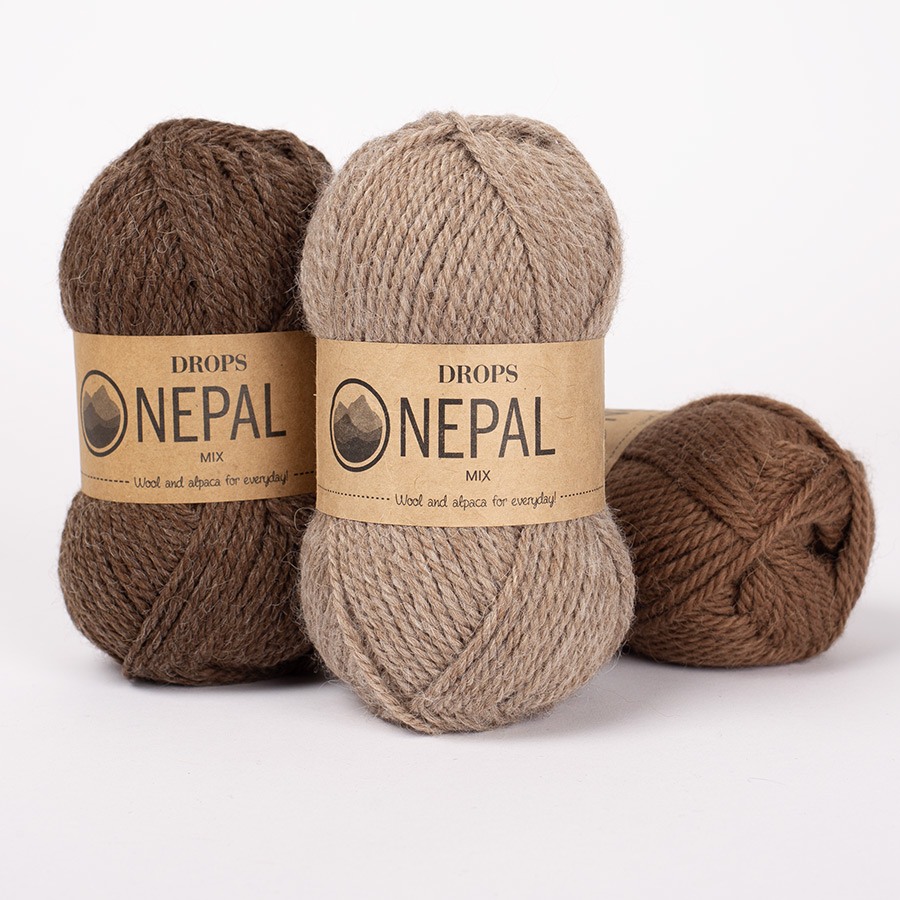
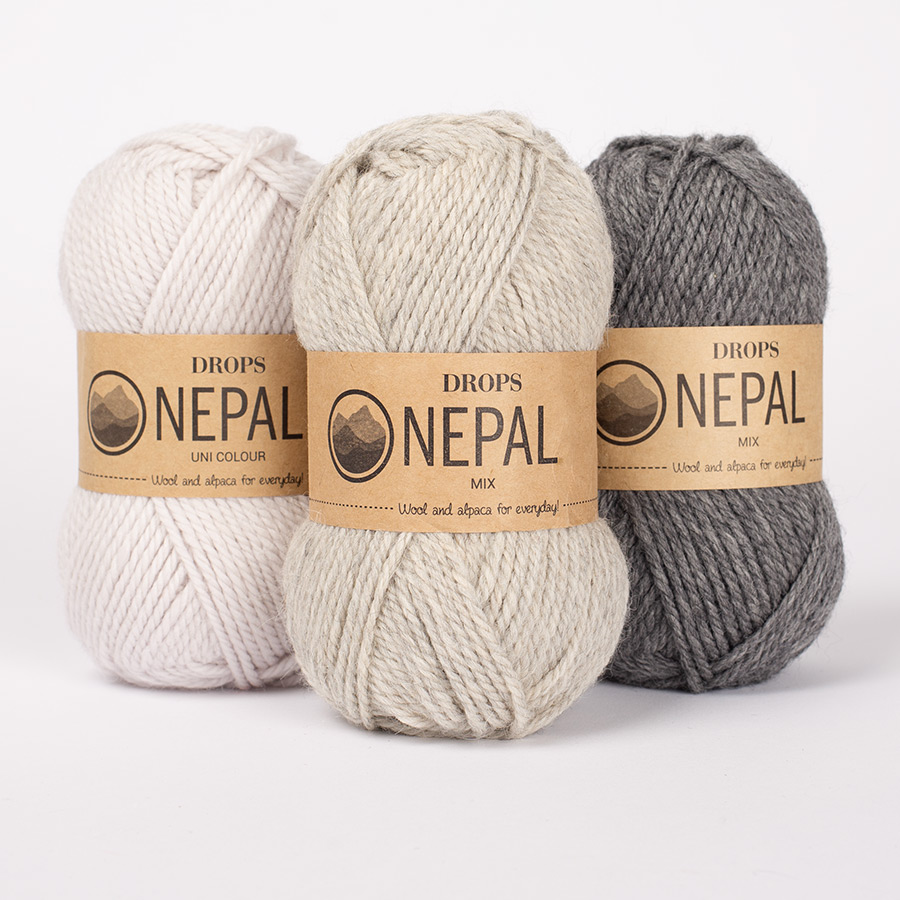
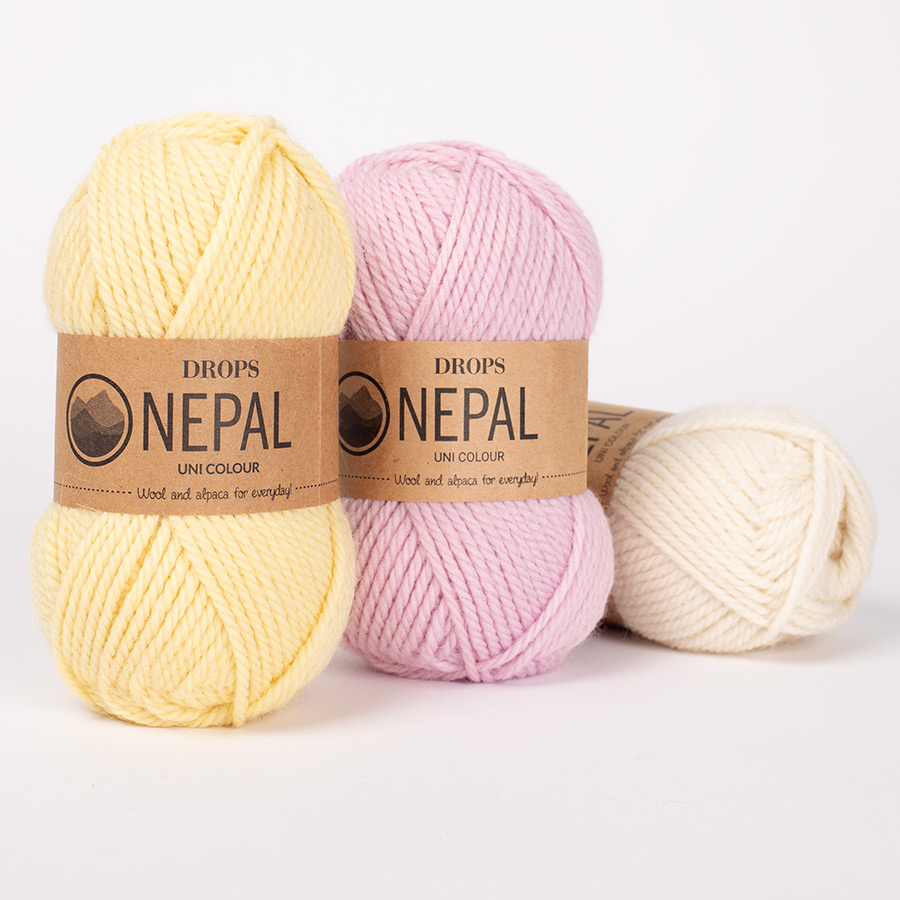
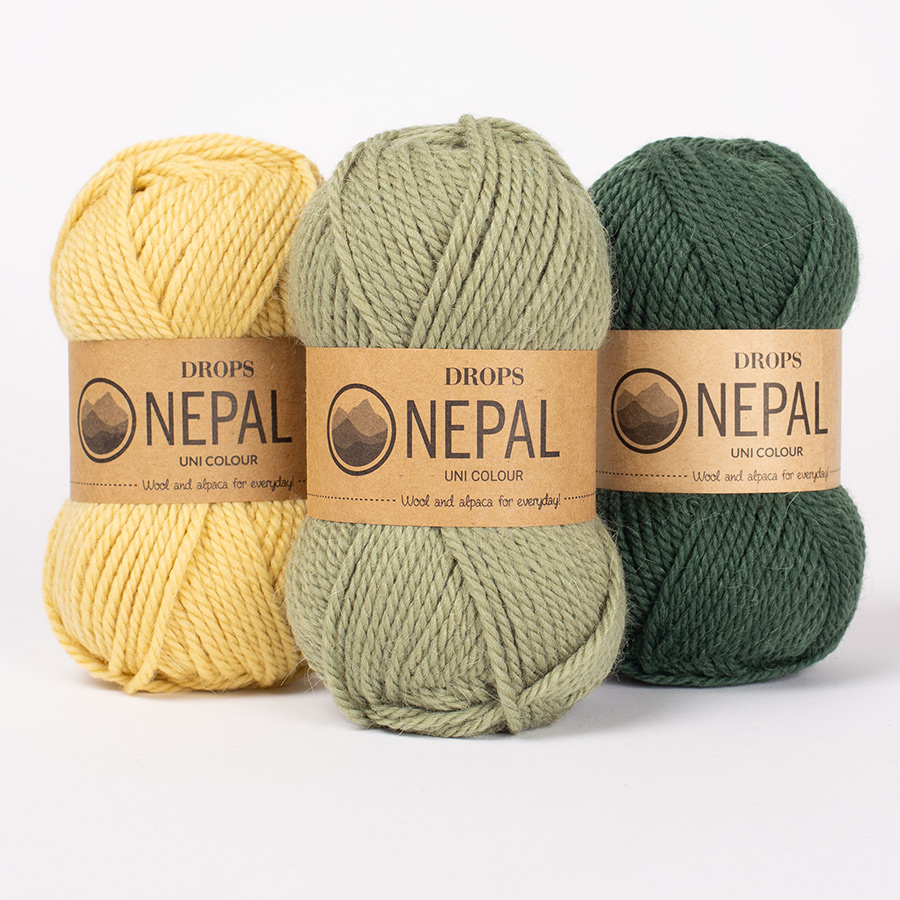
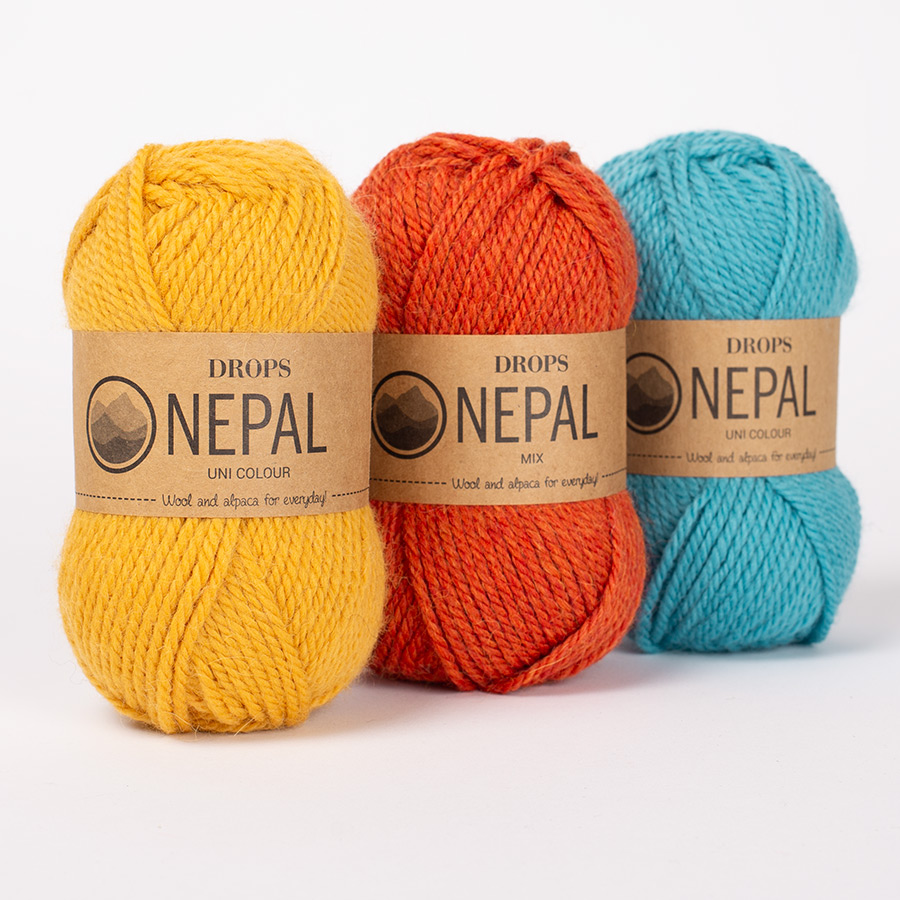


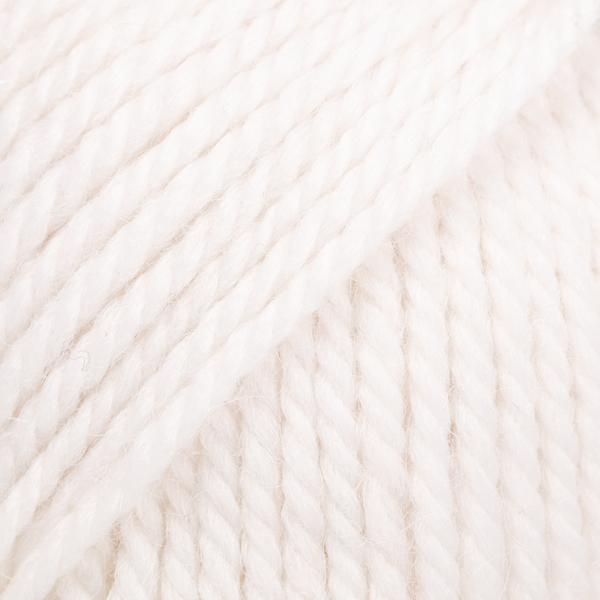




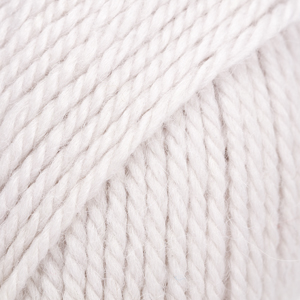
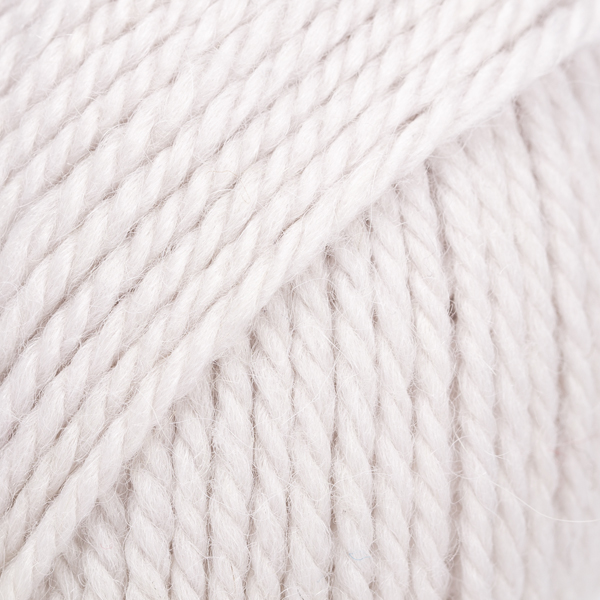




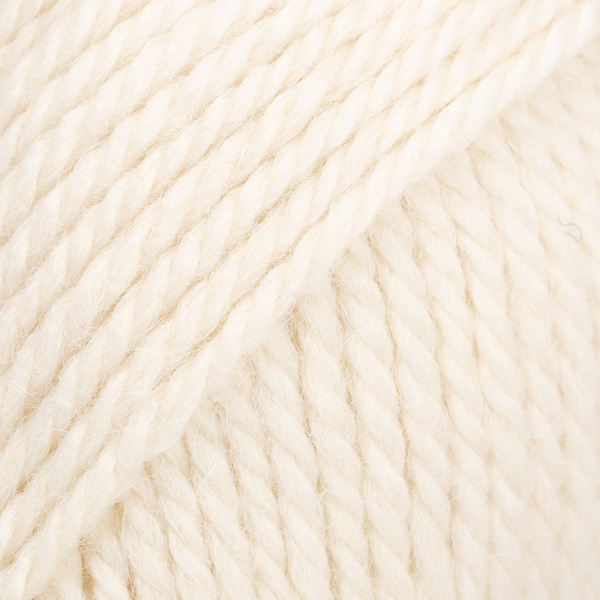




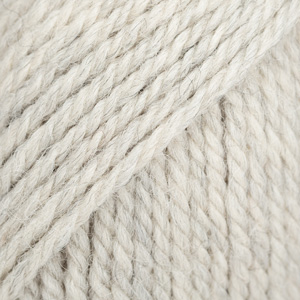
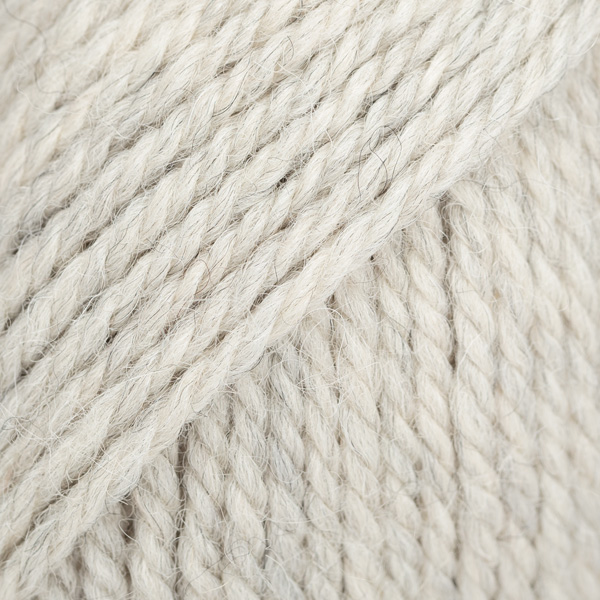
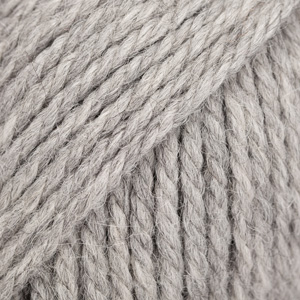
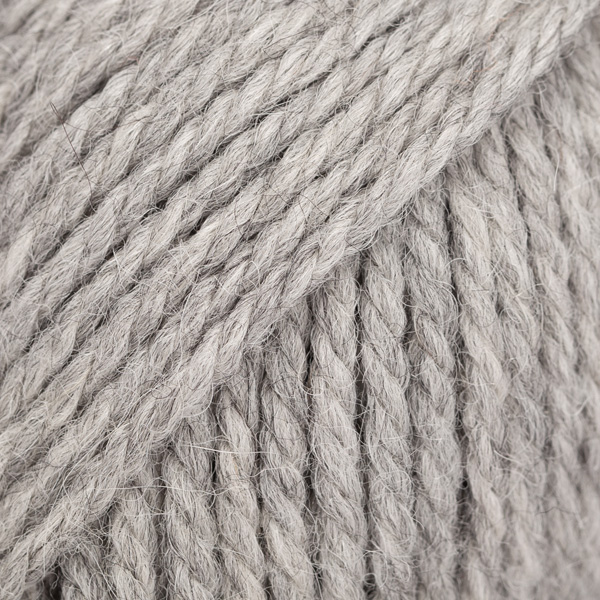



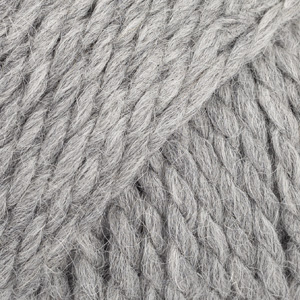

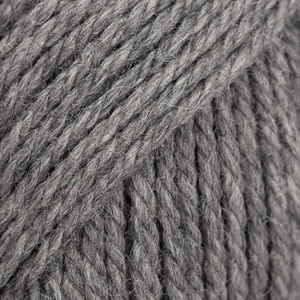
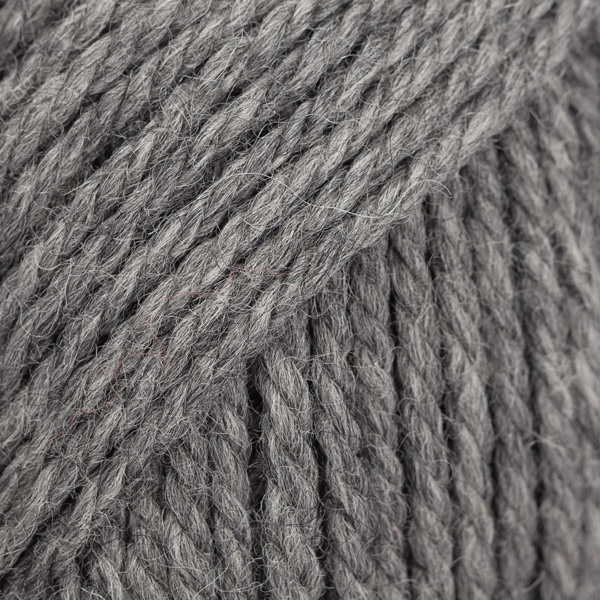







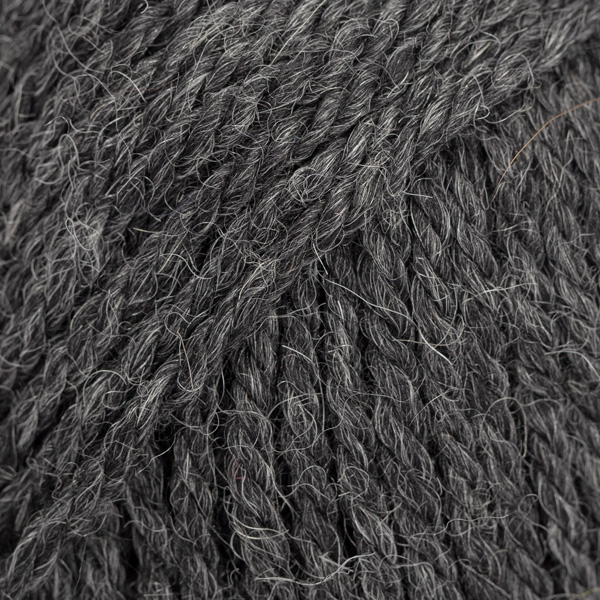
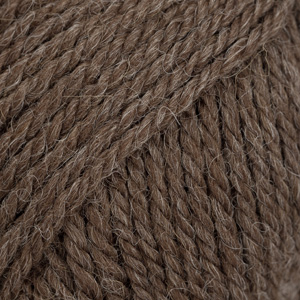
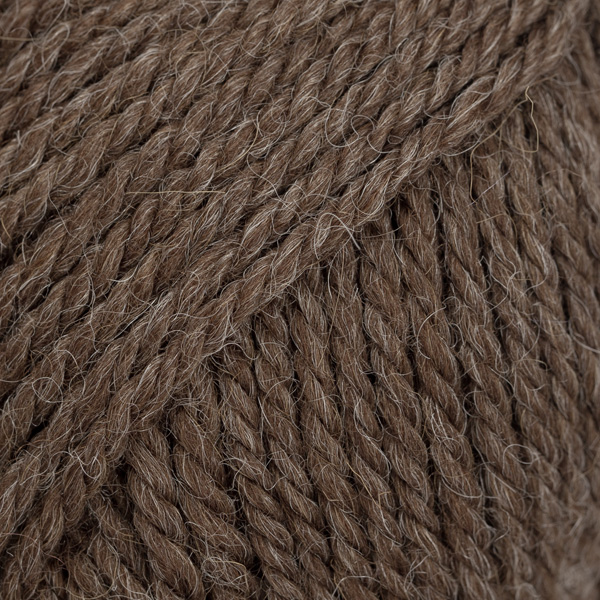



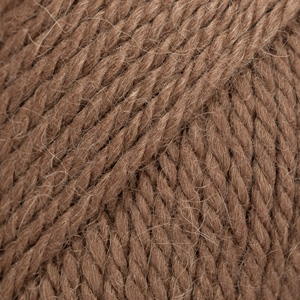
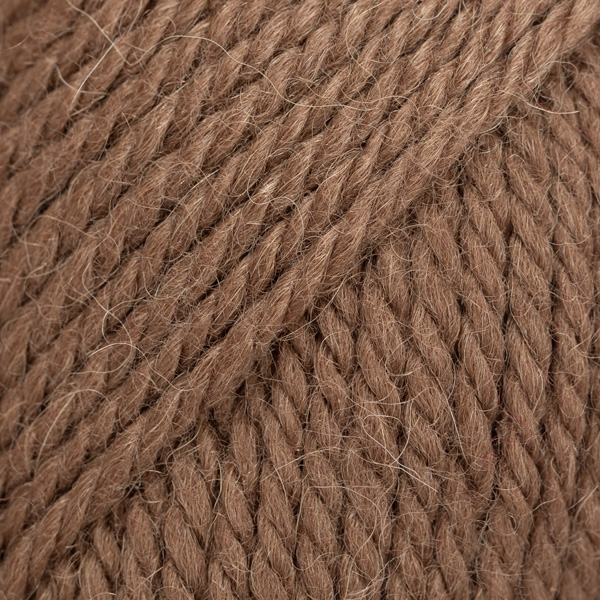
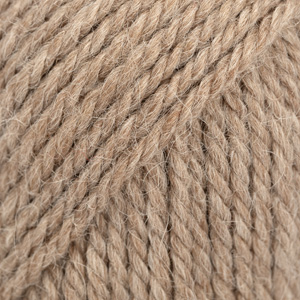
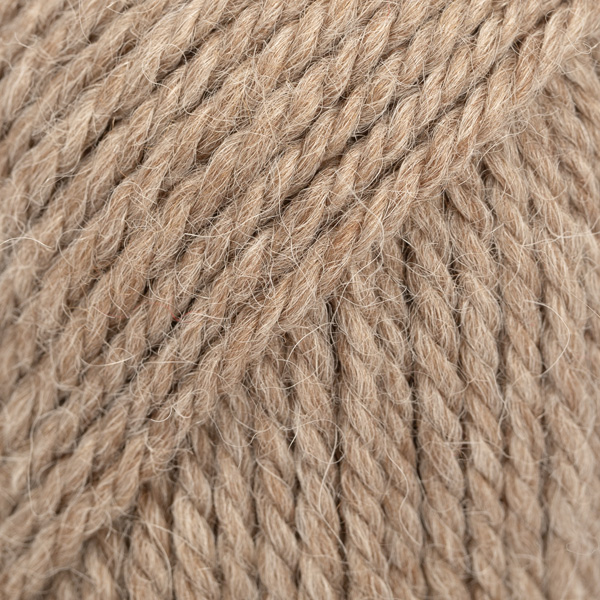

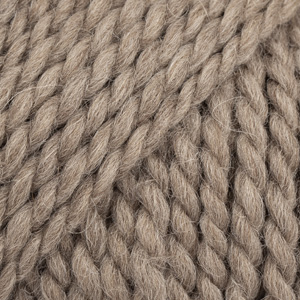


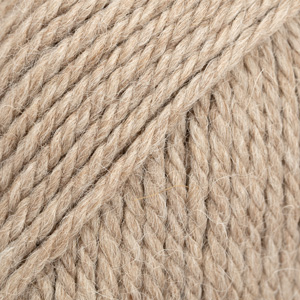
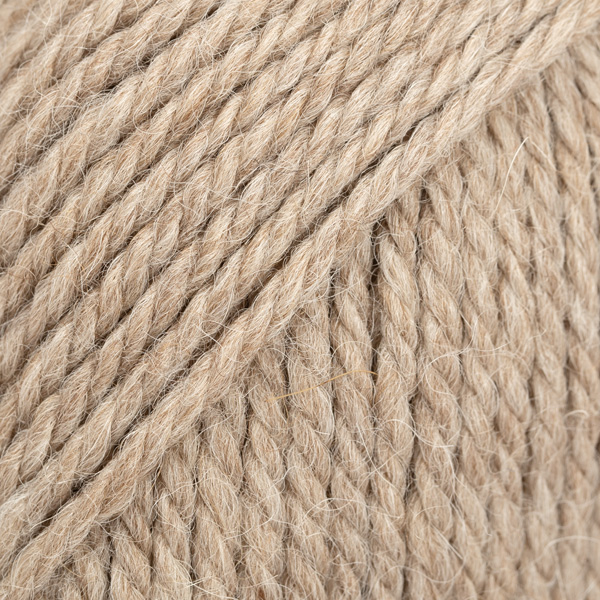

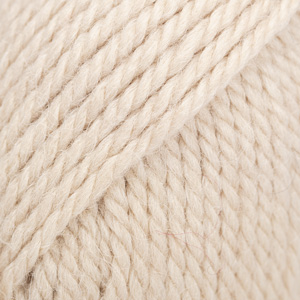
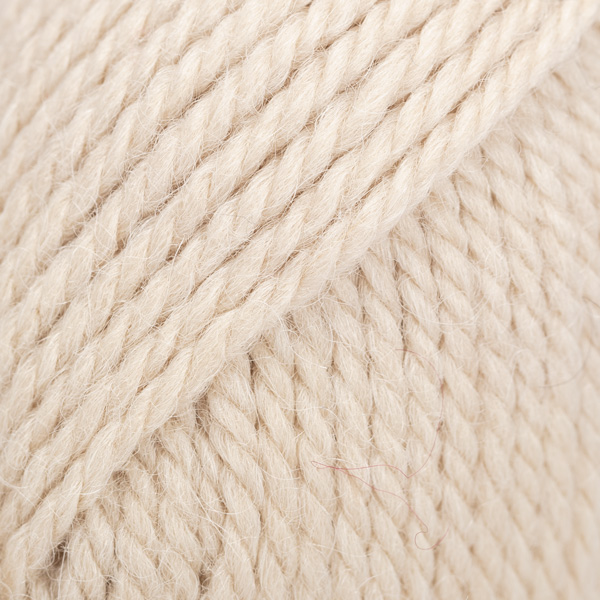









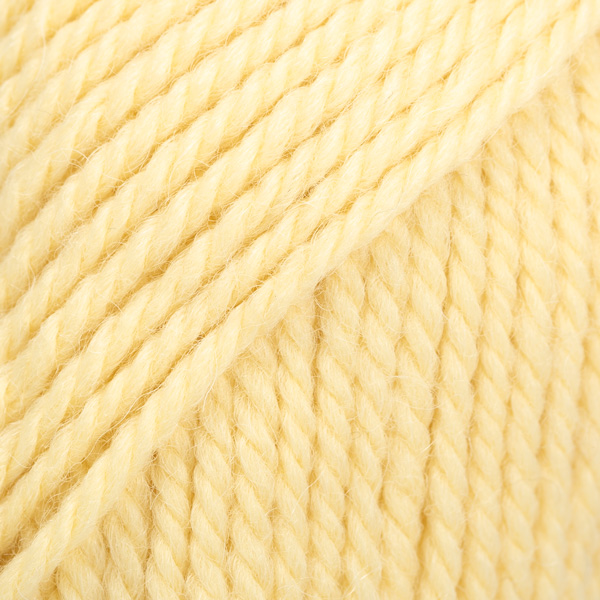
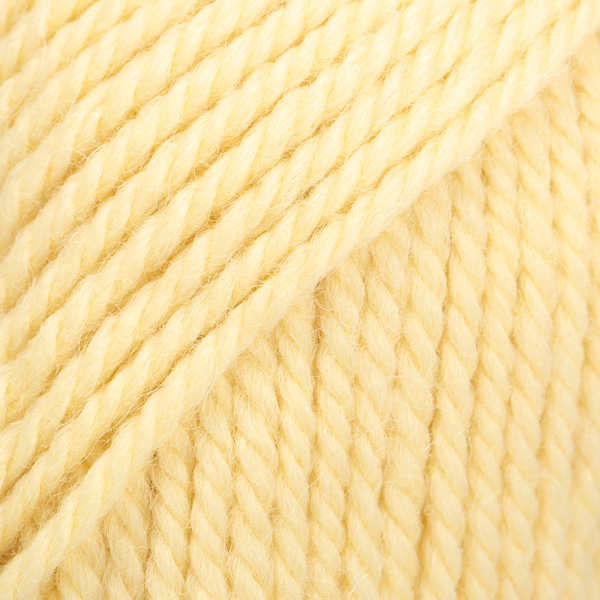







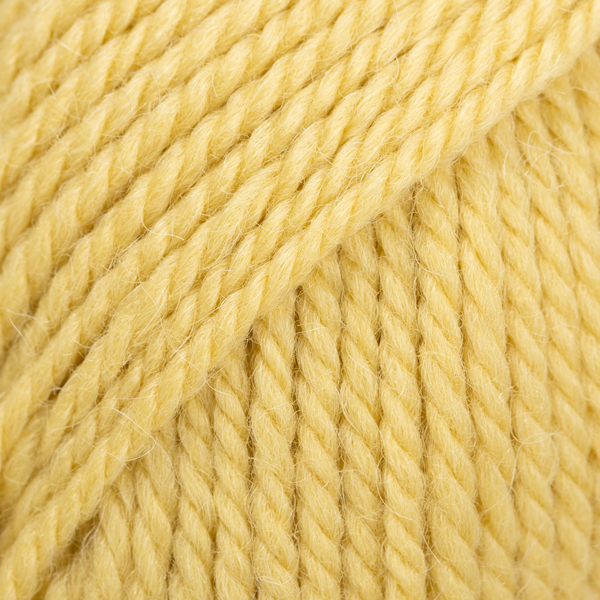



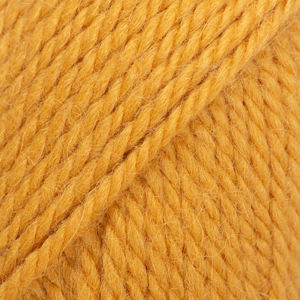
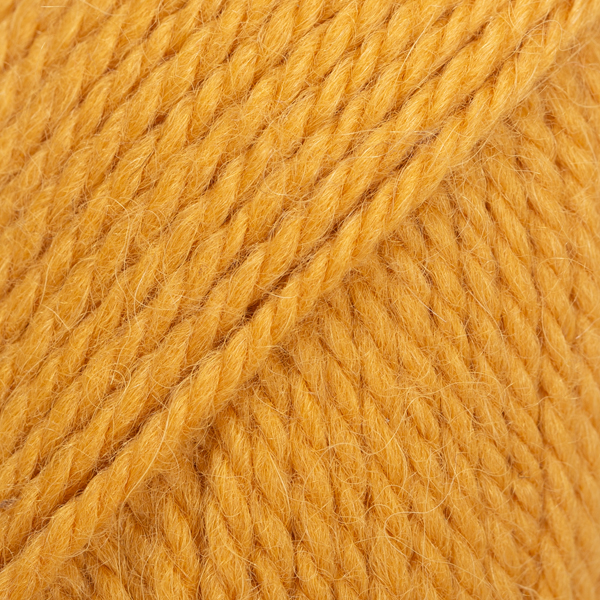
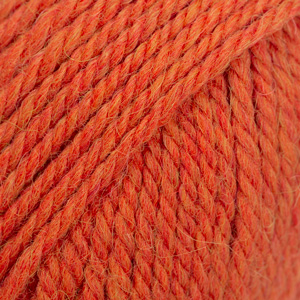









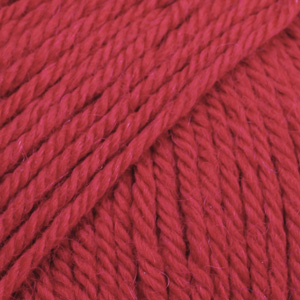

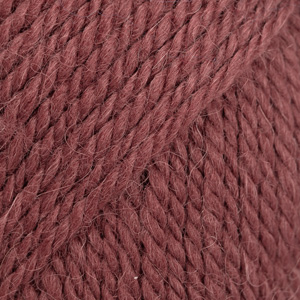
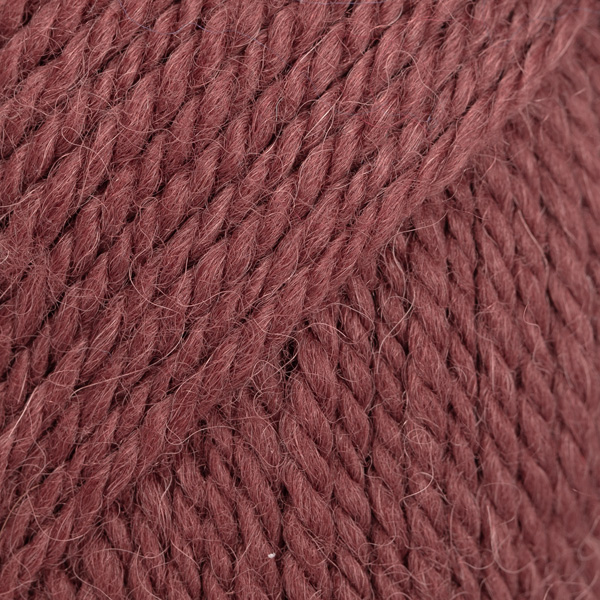
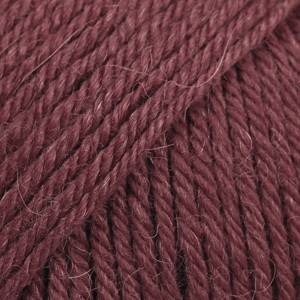
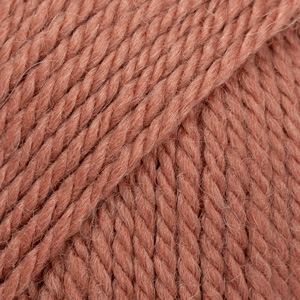
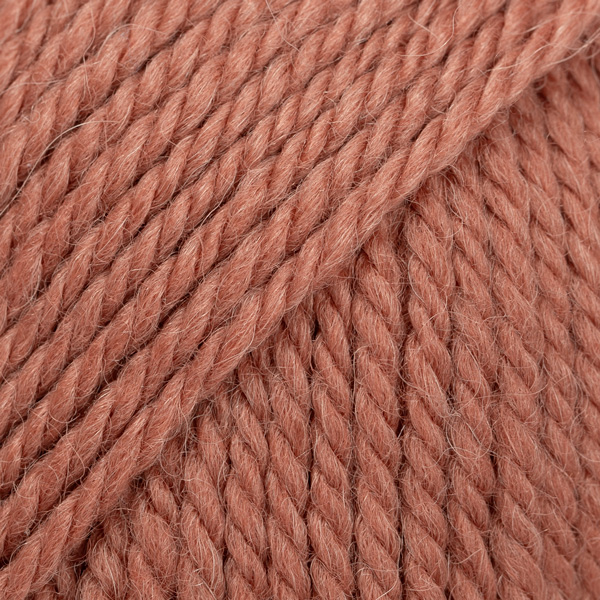


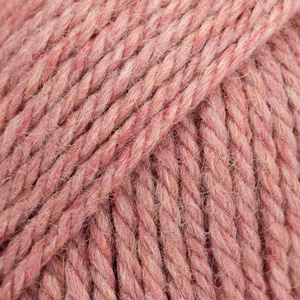
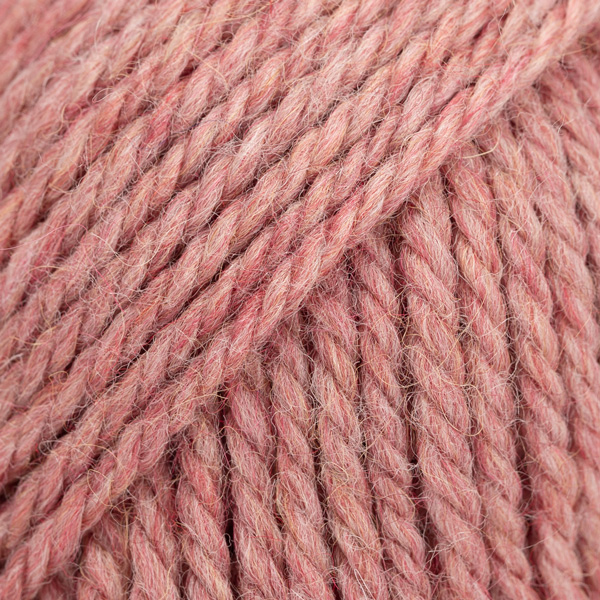
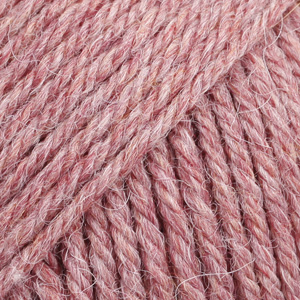

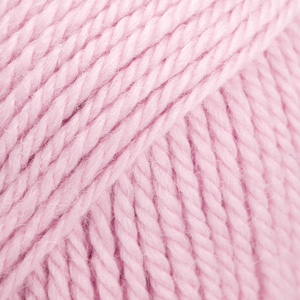
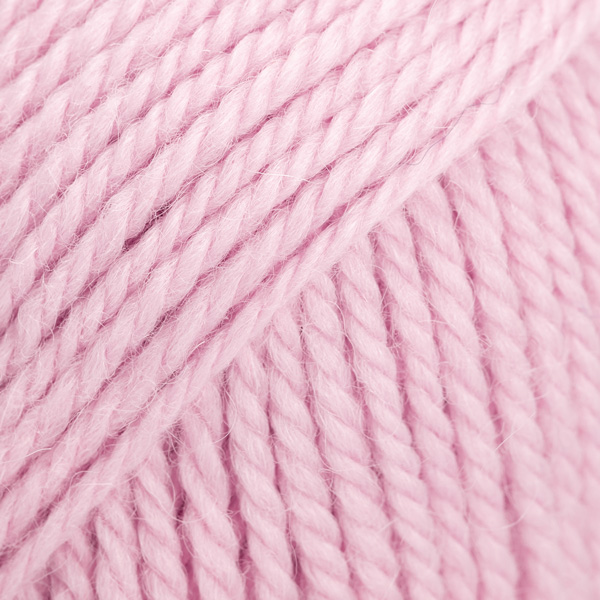


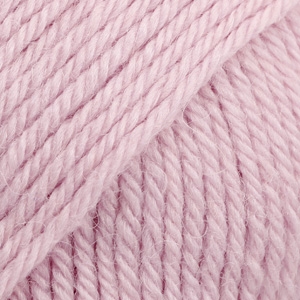
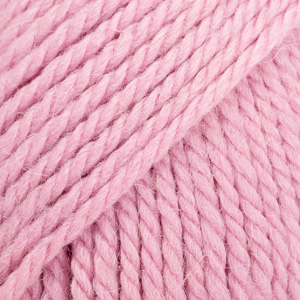
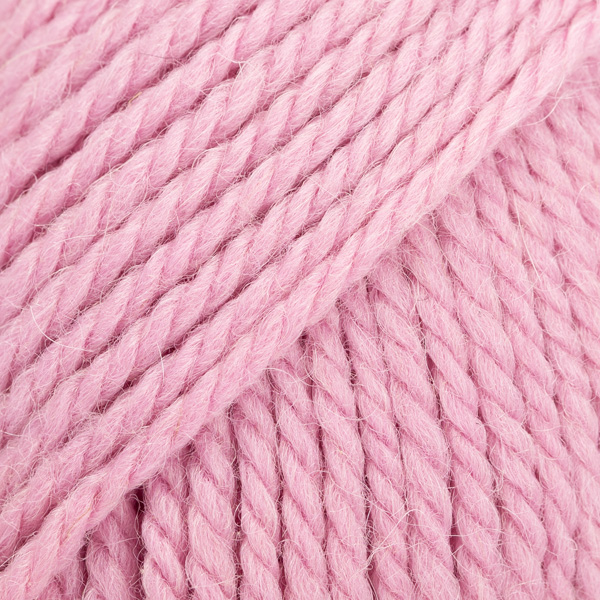
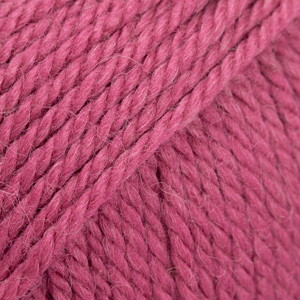

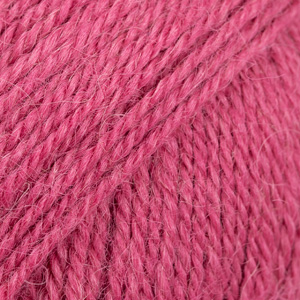


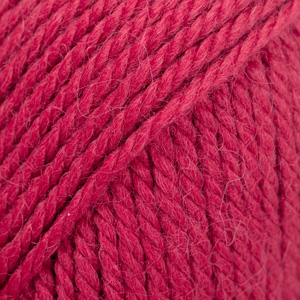
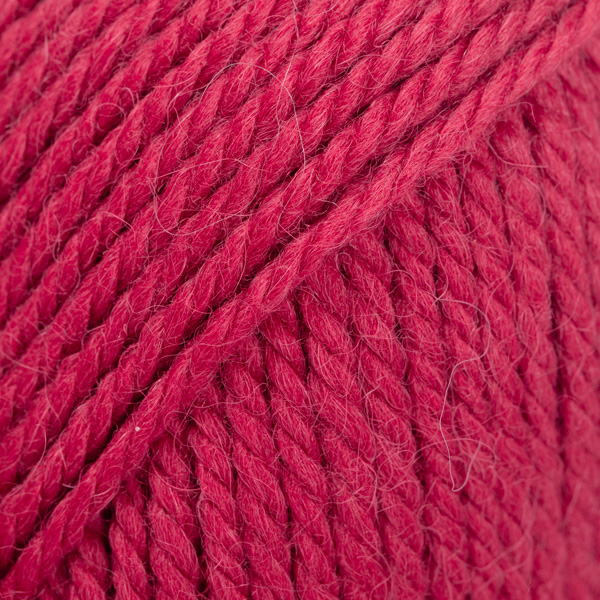



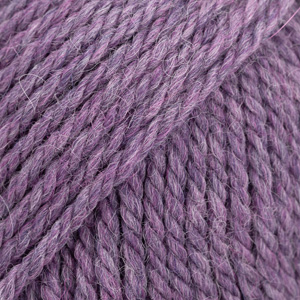
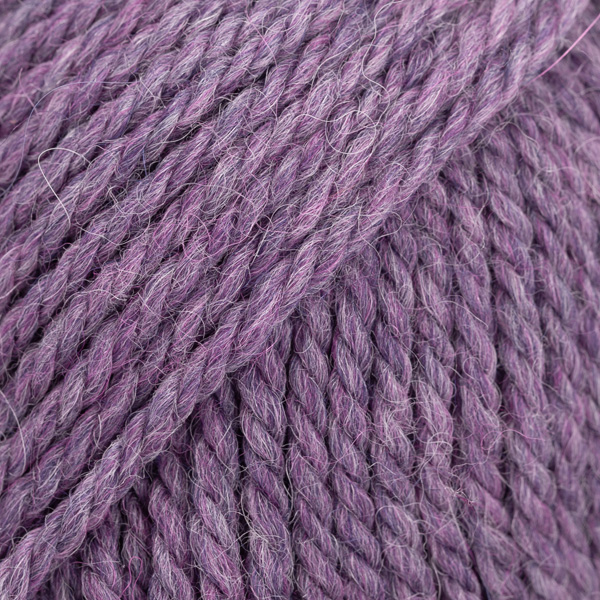



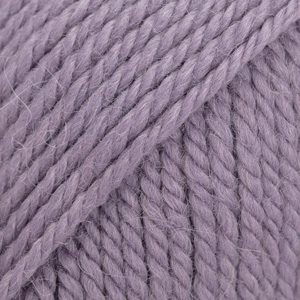
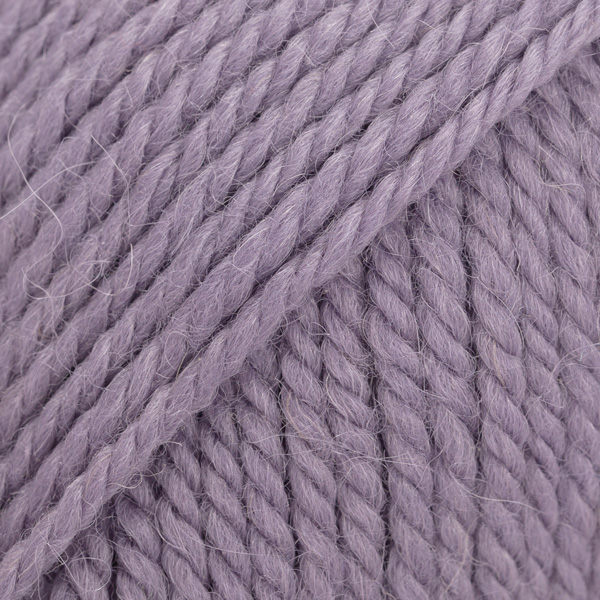
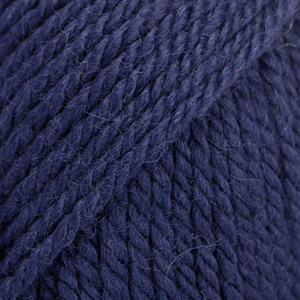
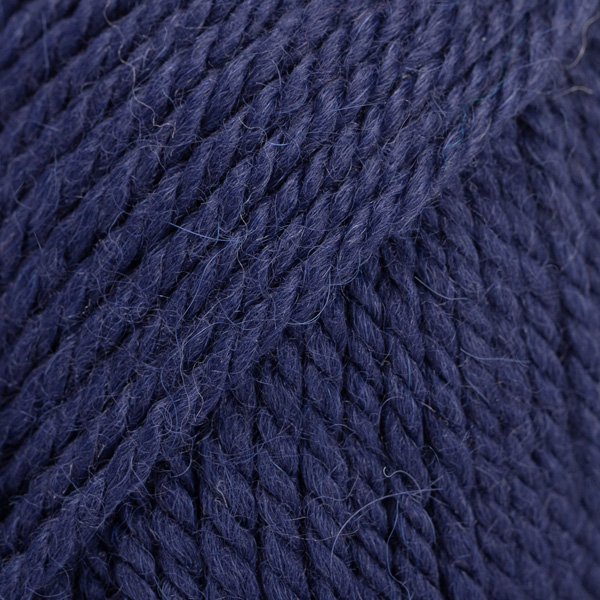
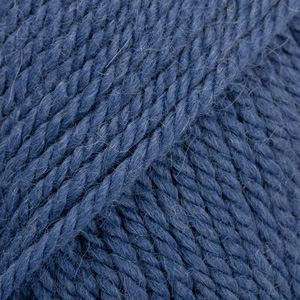
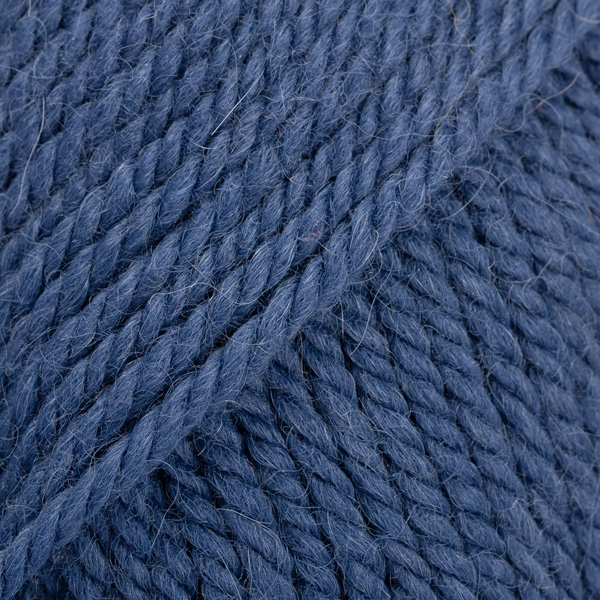

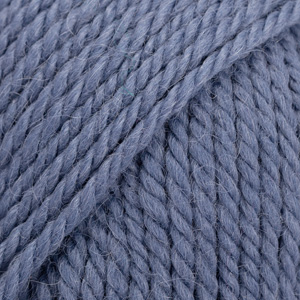
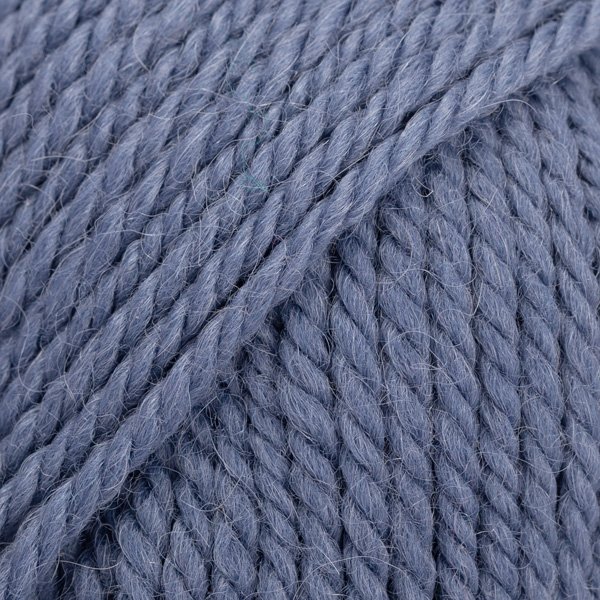




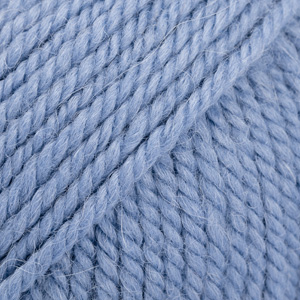
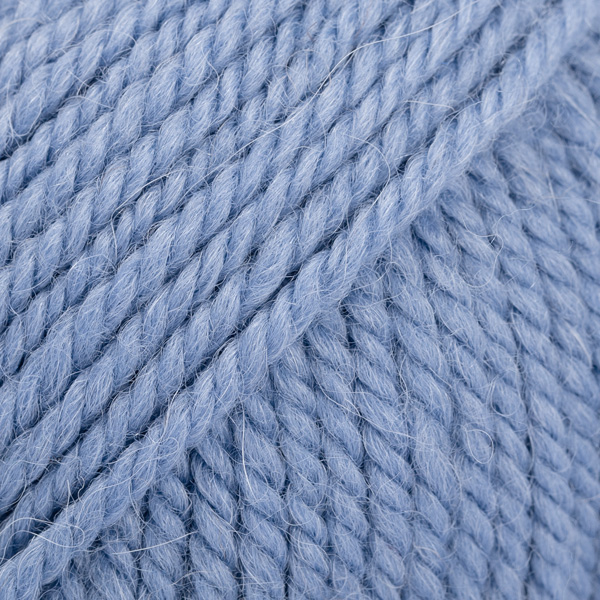

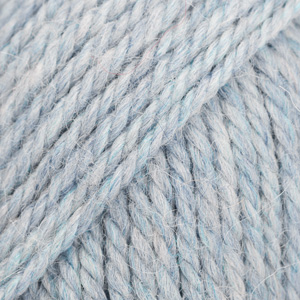
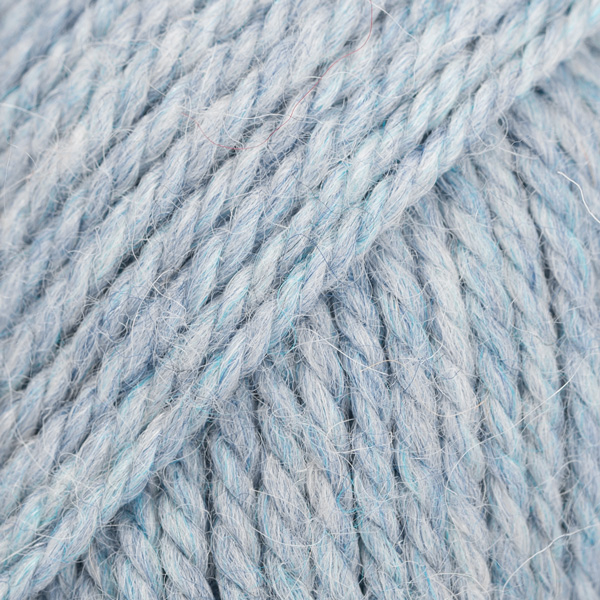

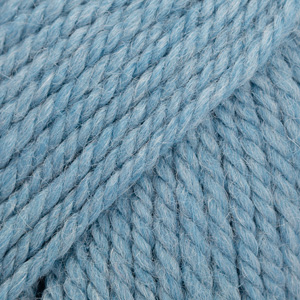
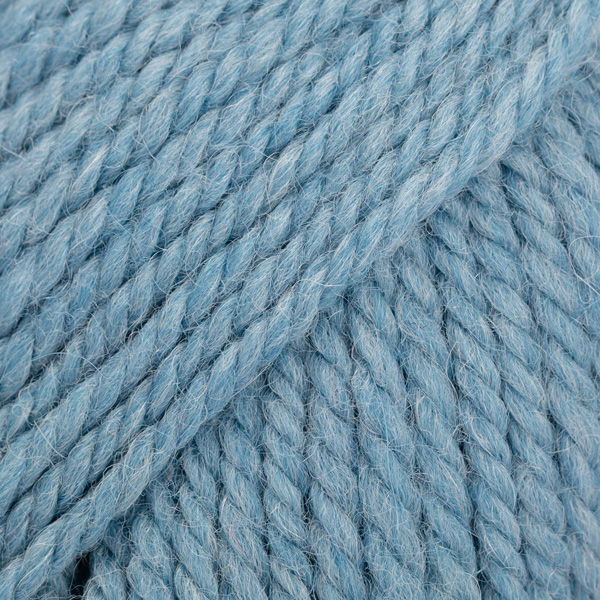



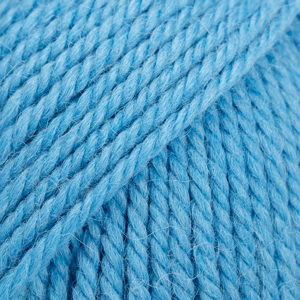
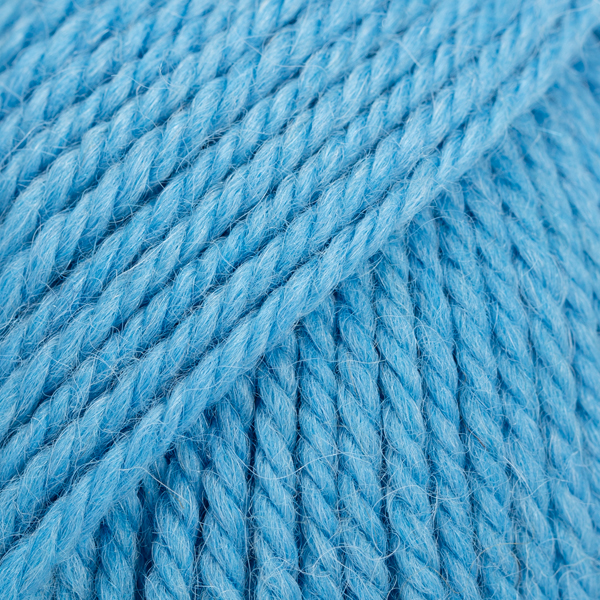
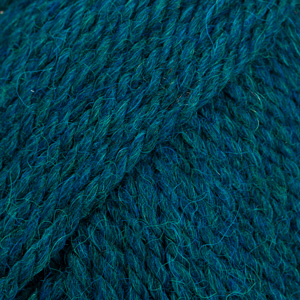
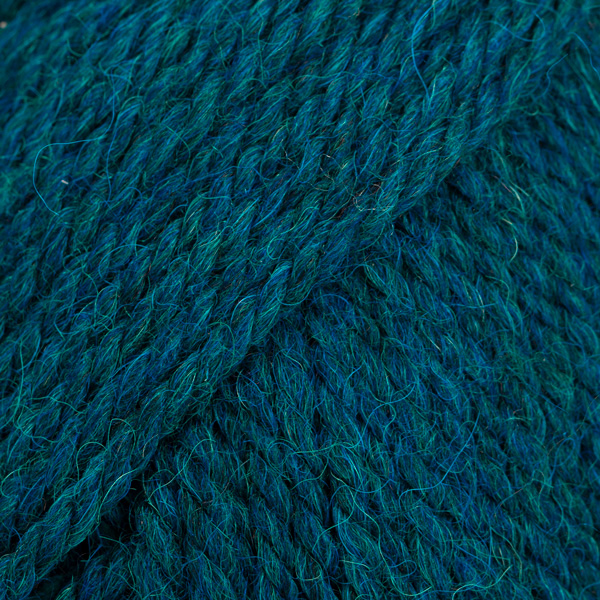


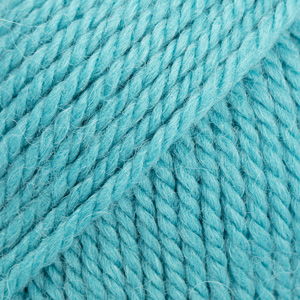
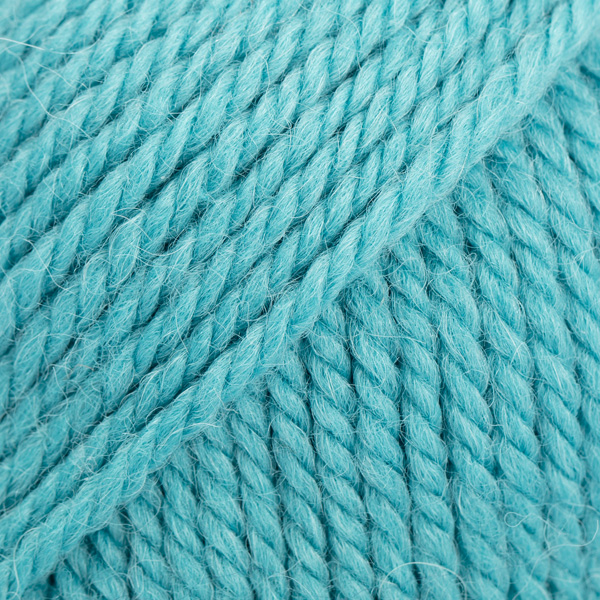

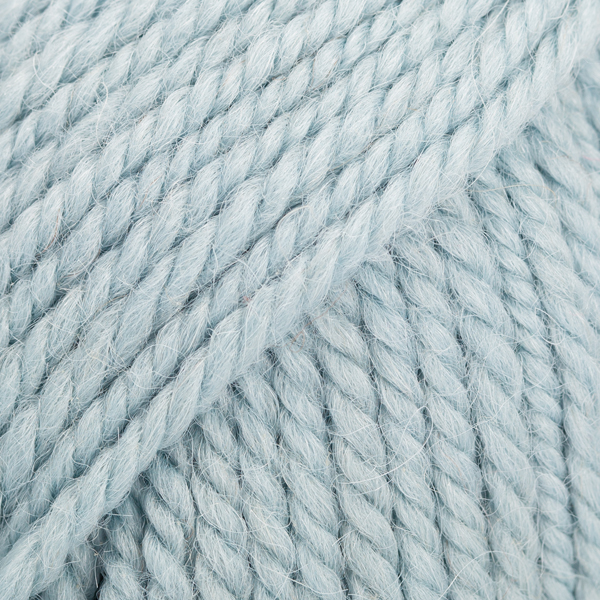


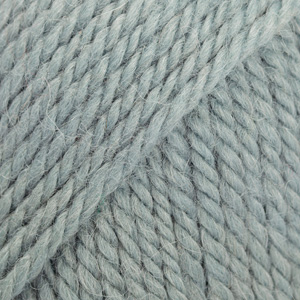
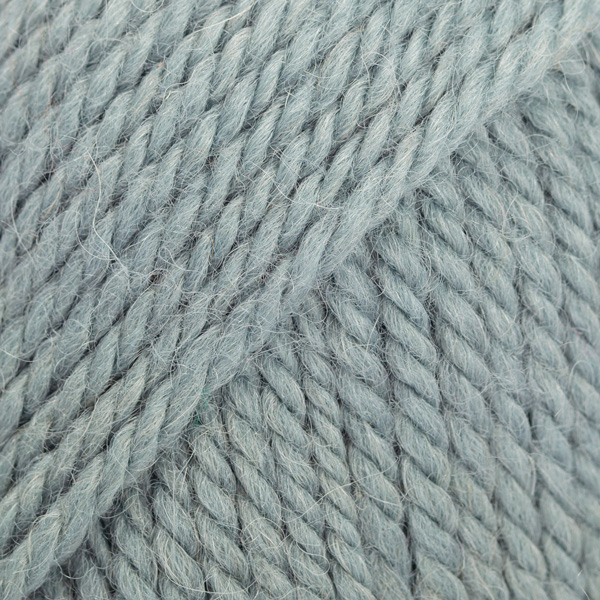
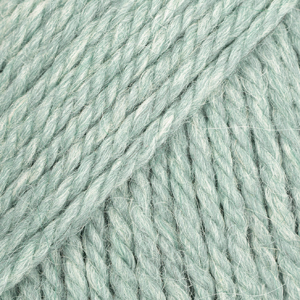
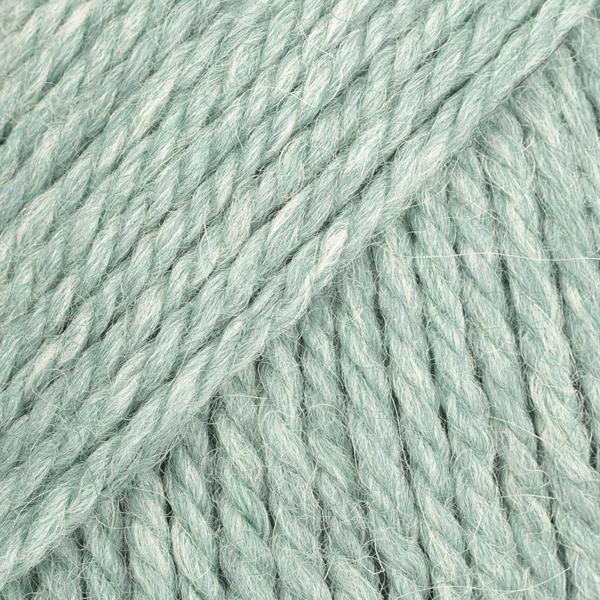





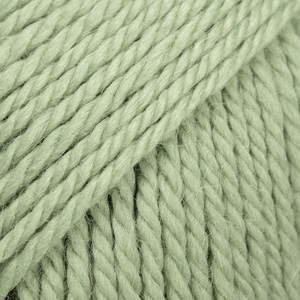
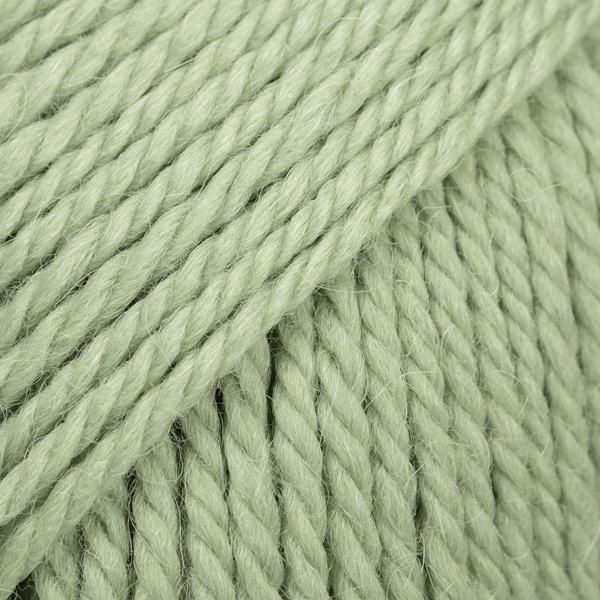


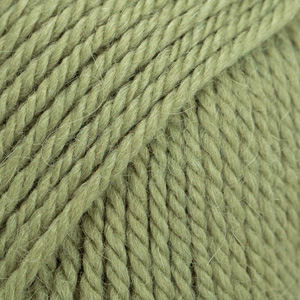
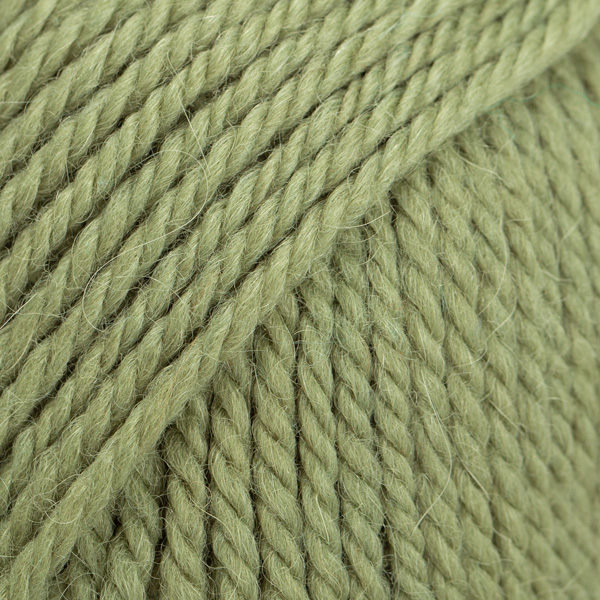
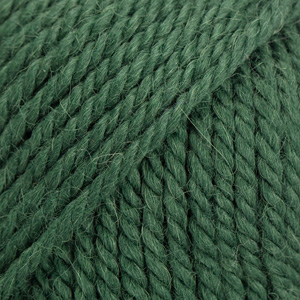
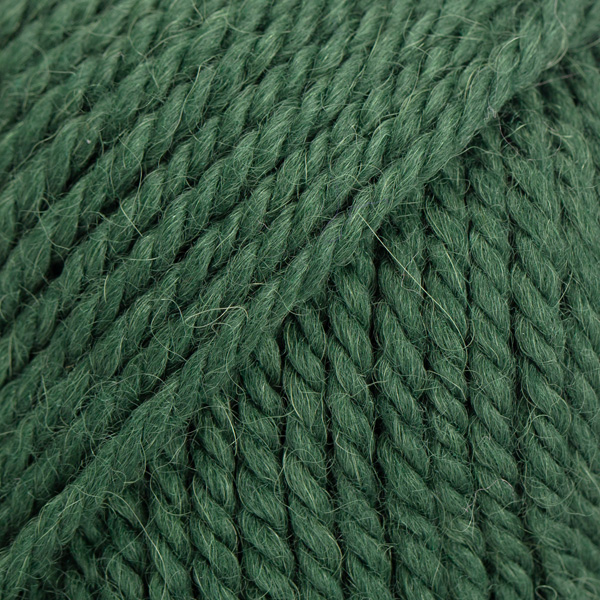
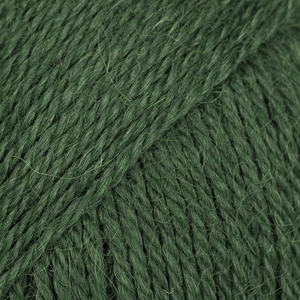


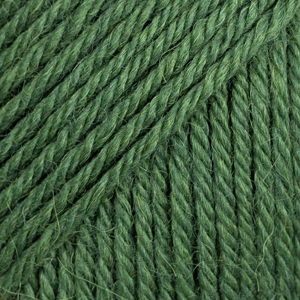


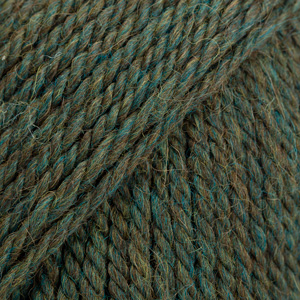
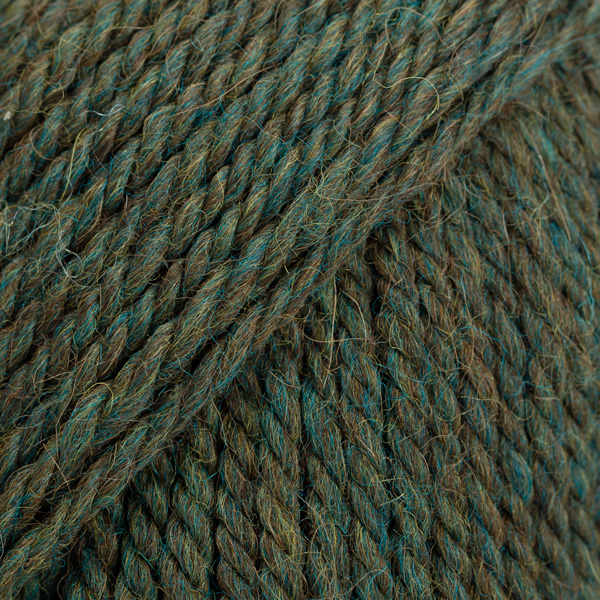
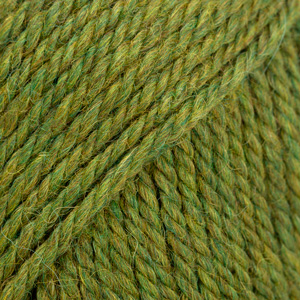
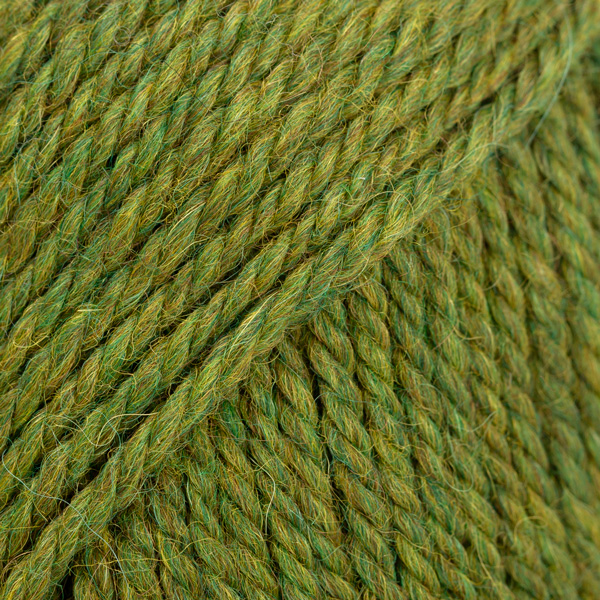



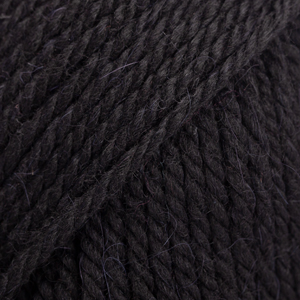
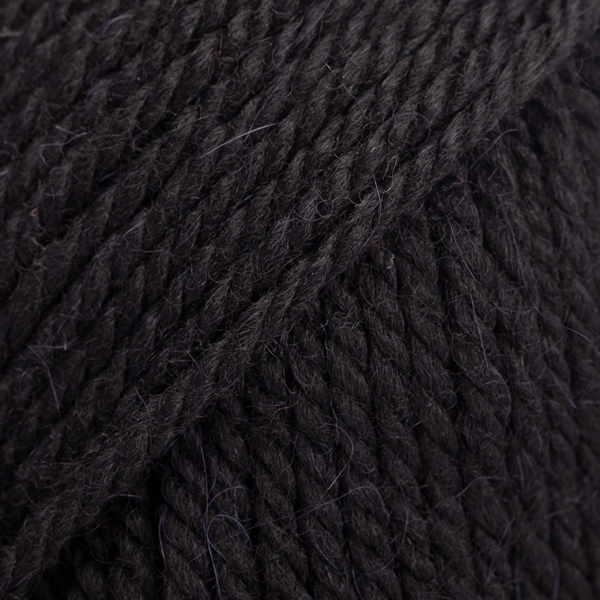
















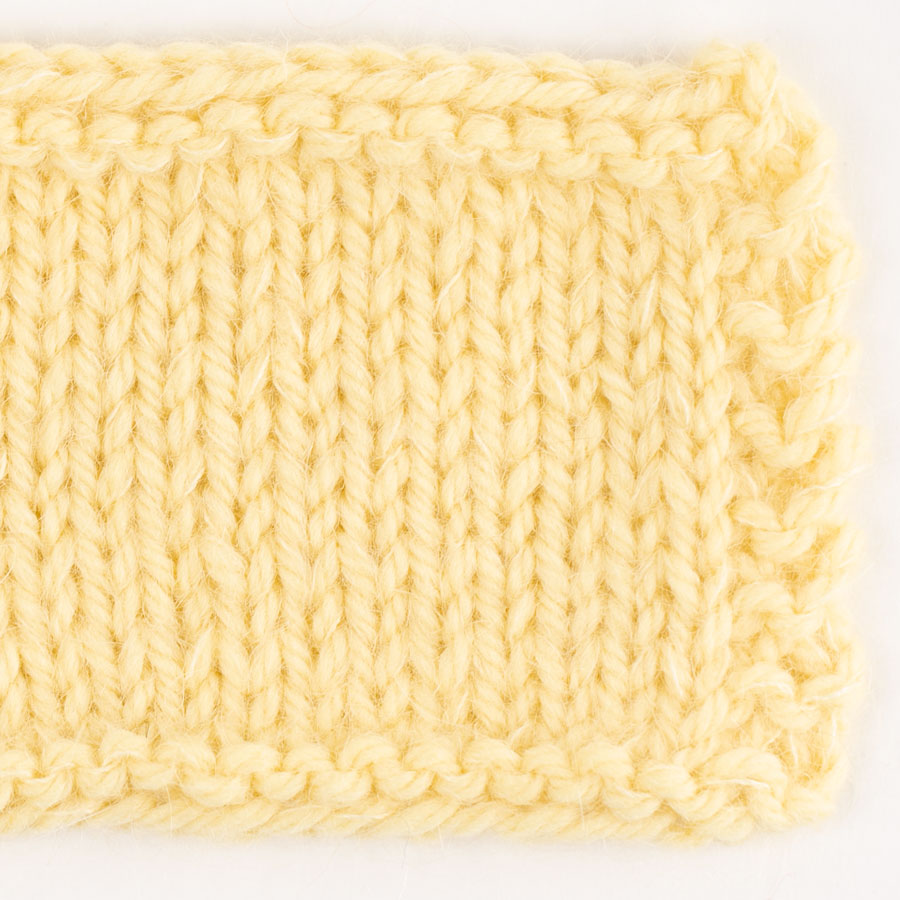
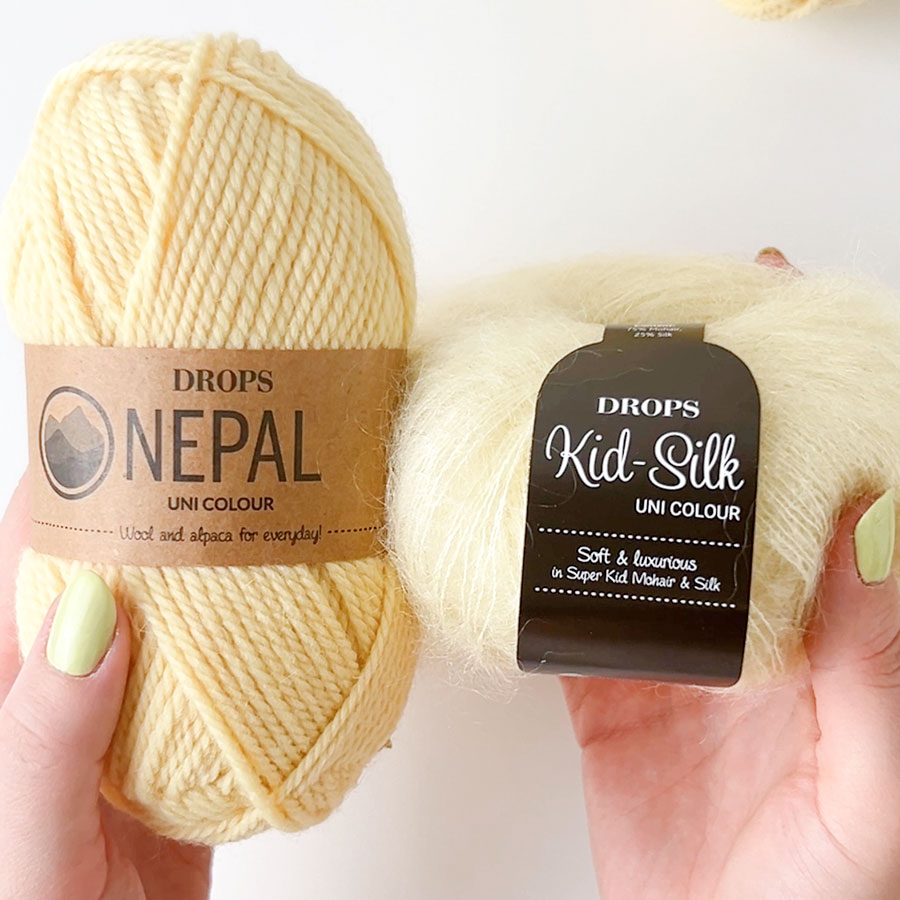
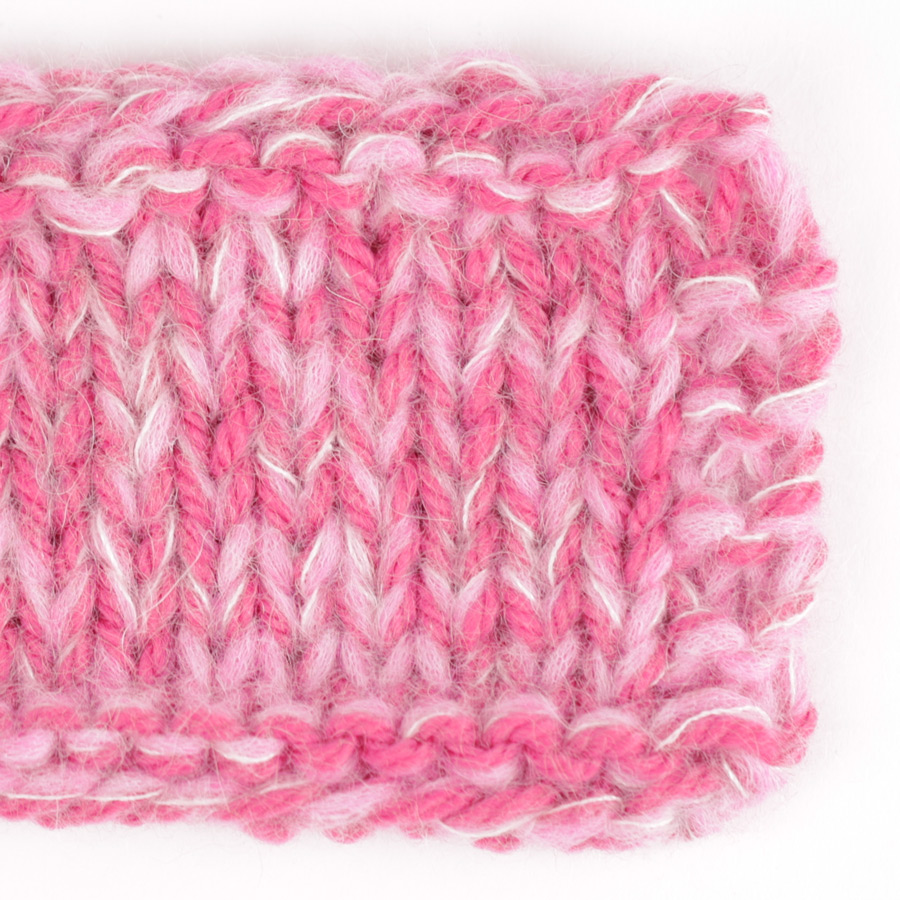

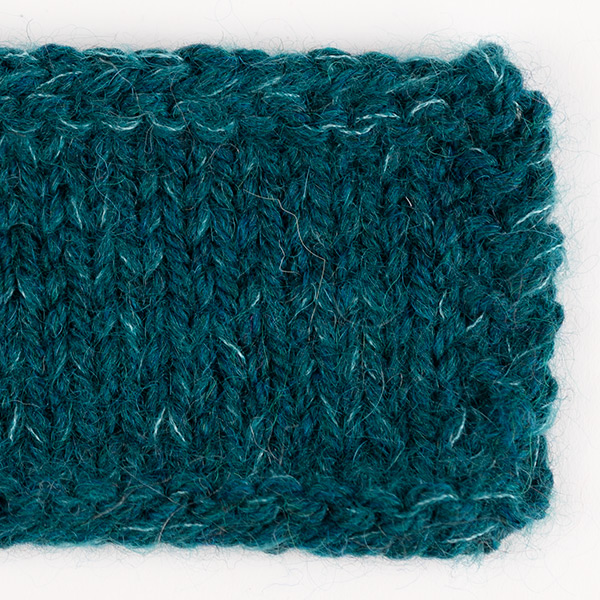
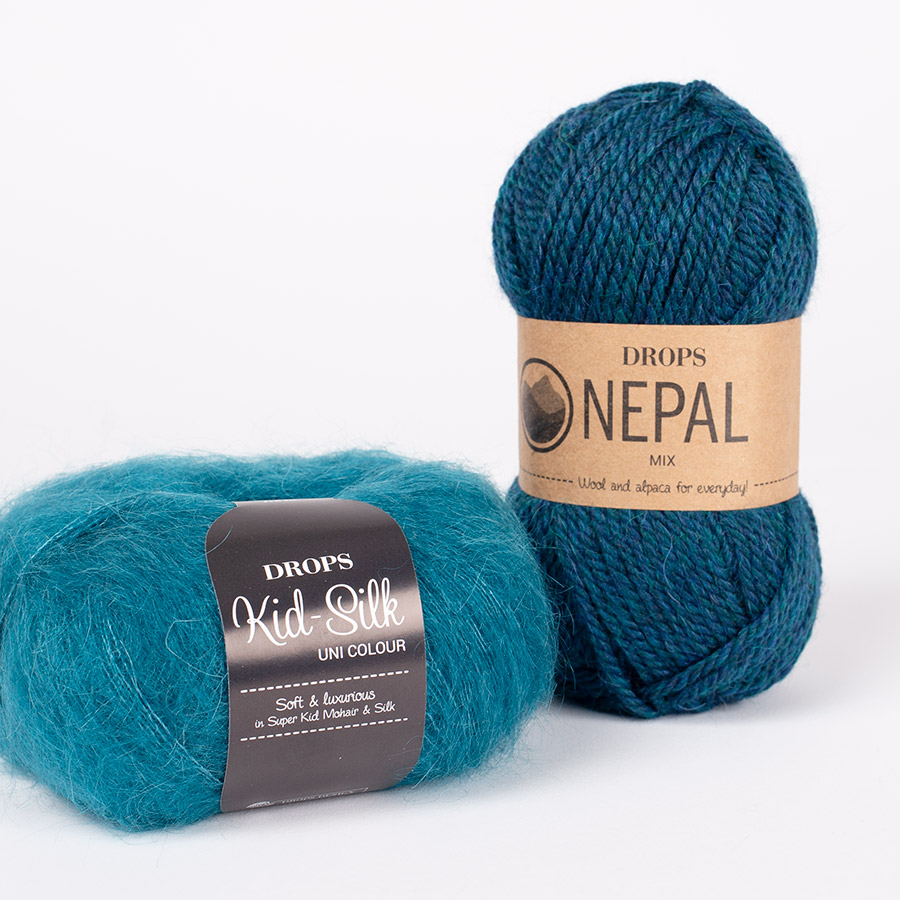
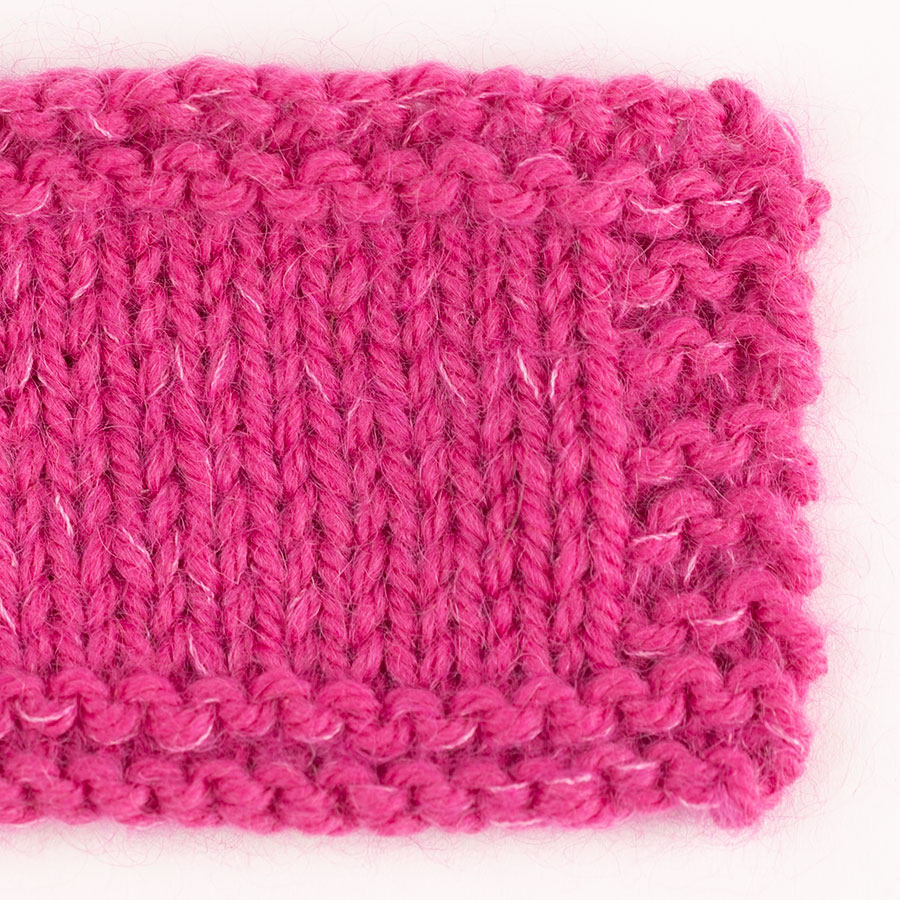
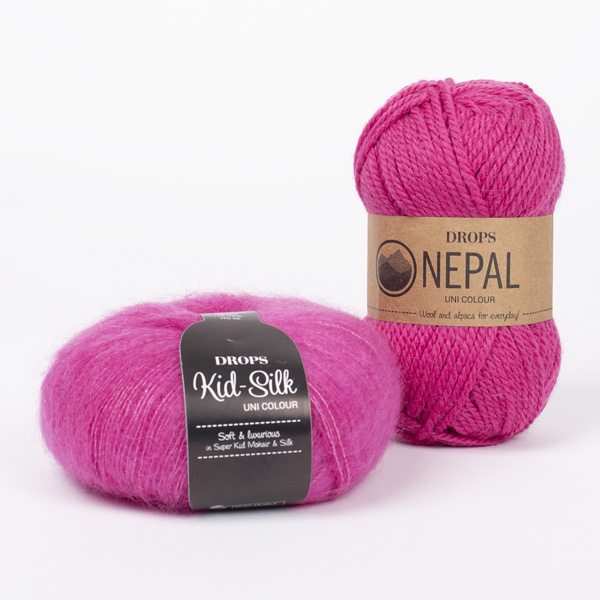
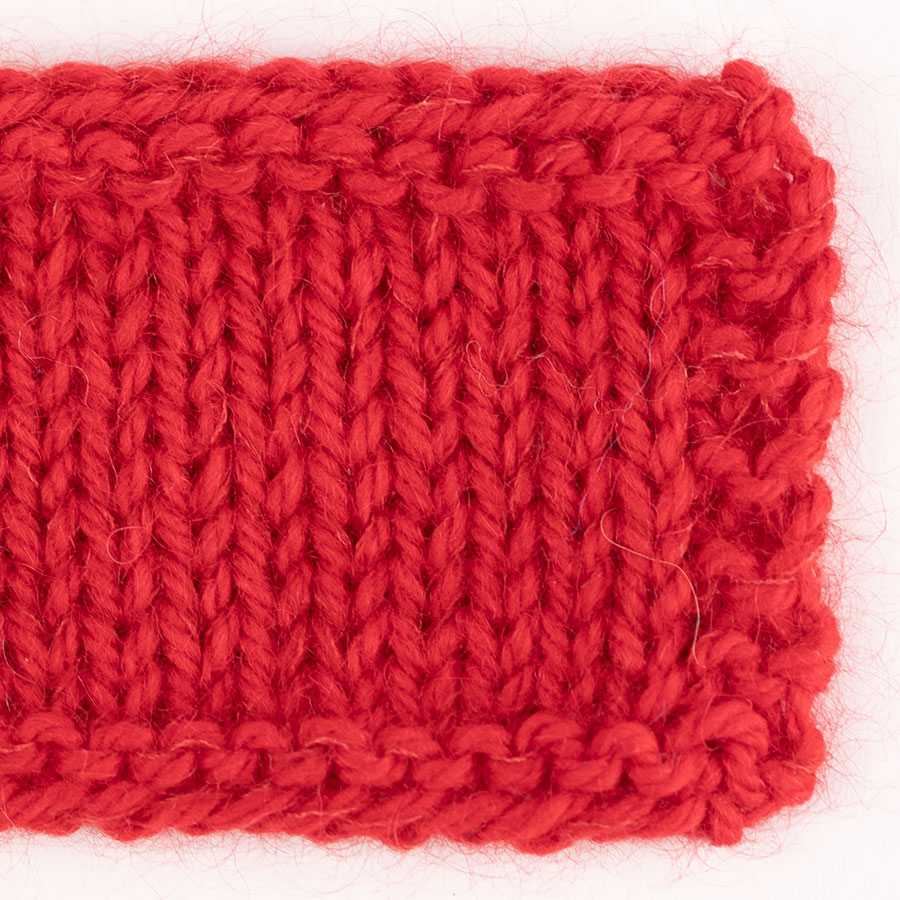
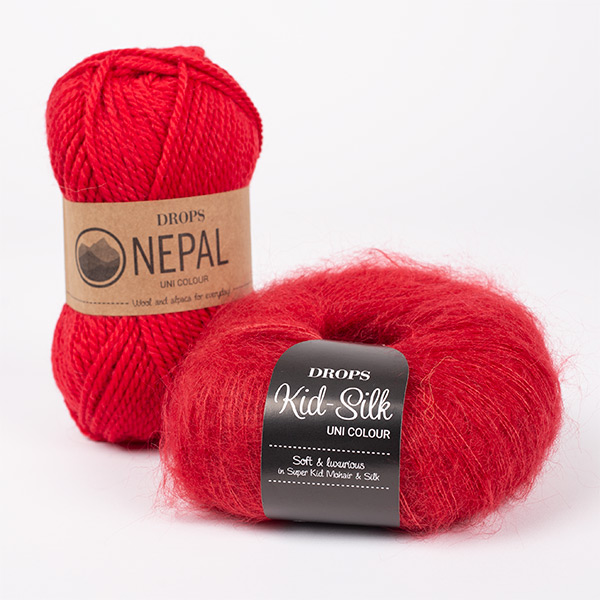
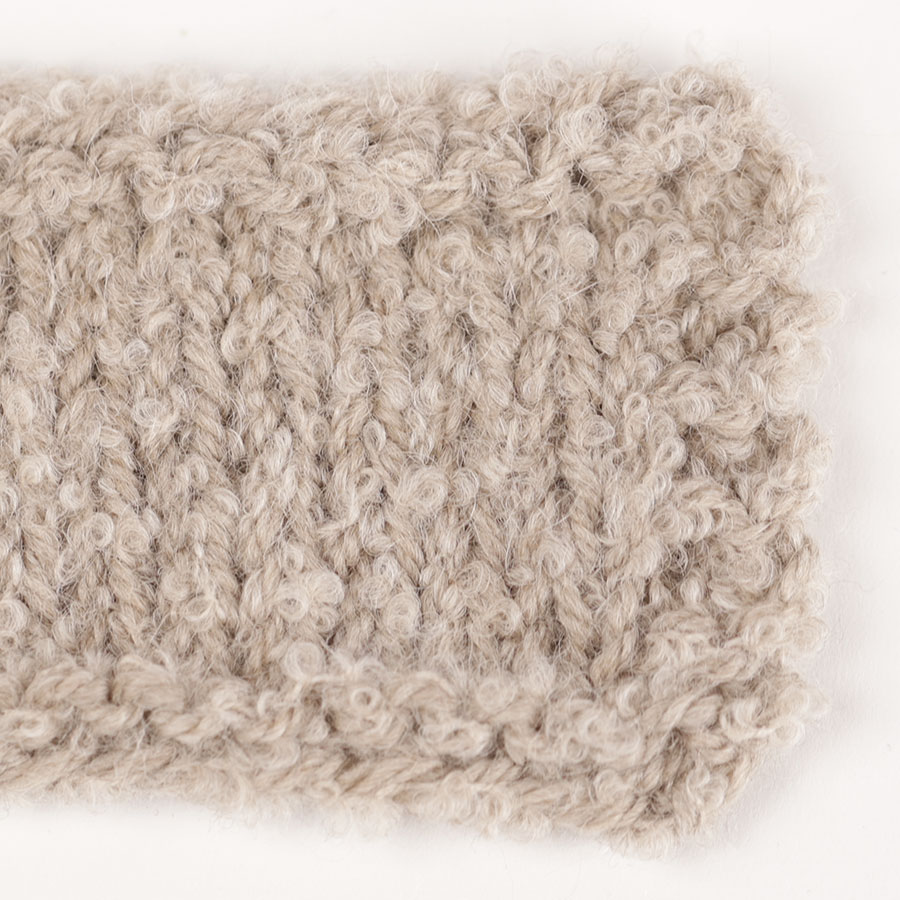
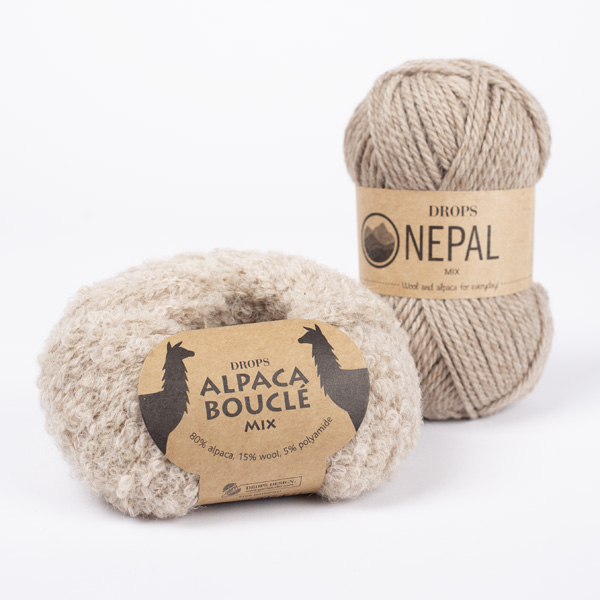
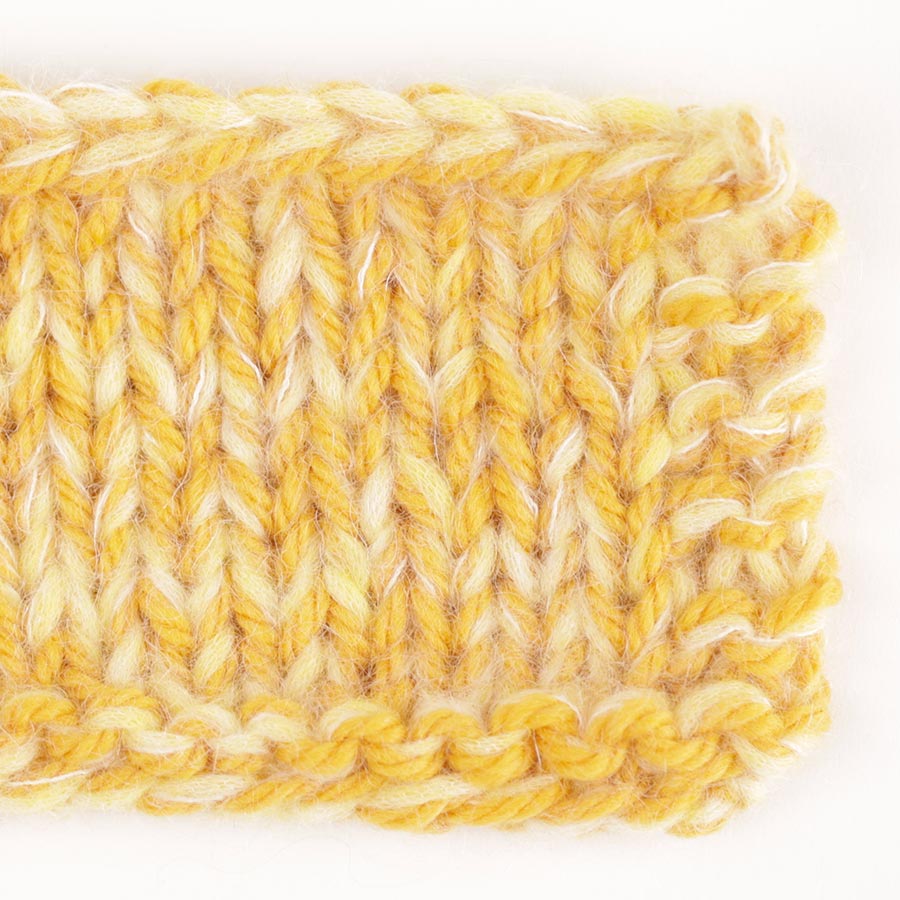
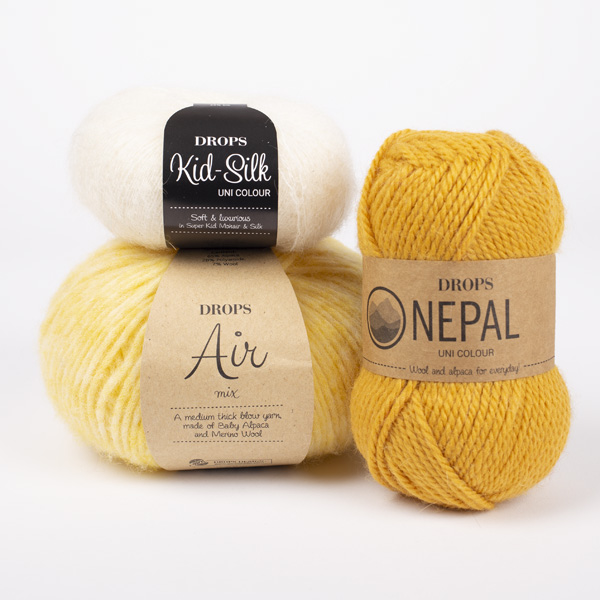
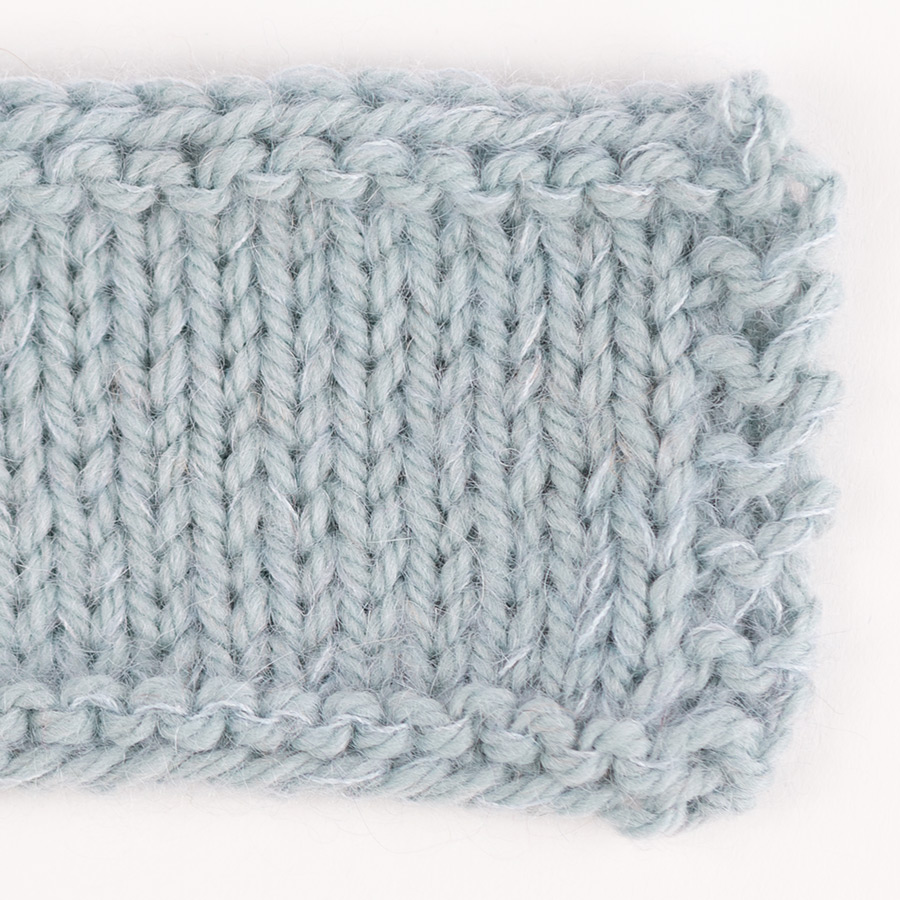




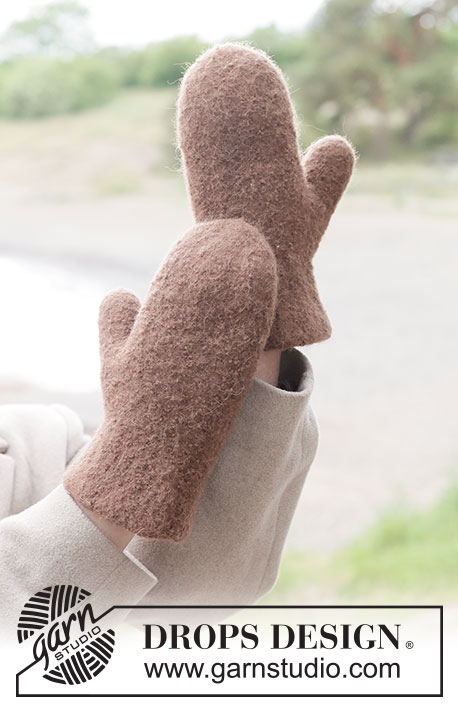





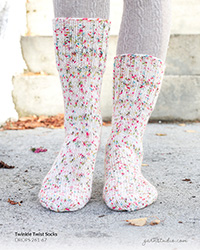
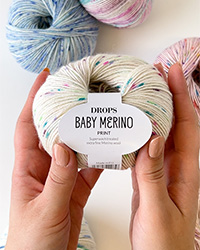
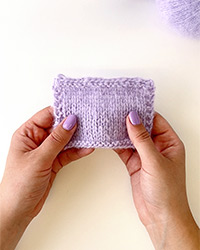
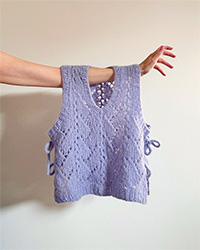

Hallo, kann mir jemand sagen, ob diese Wolle weich genug ist, um einen Kinderschal daraus zu stricken?
22.08.2013 - 12:26